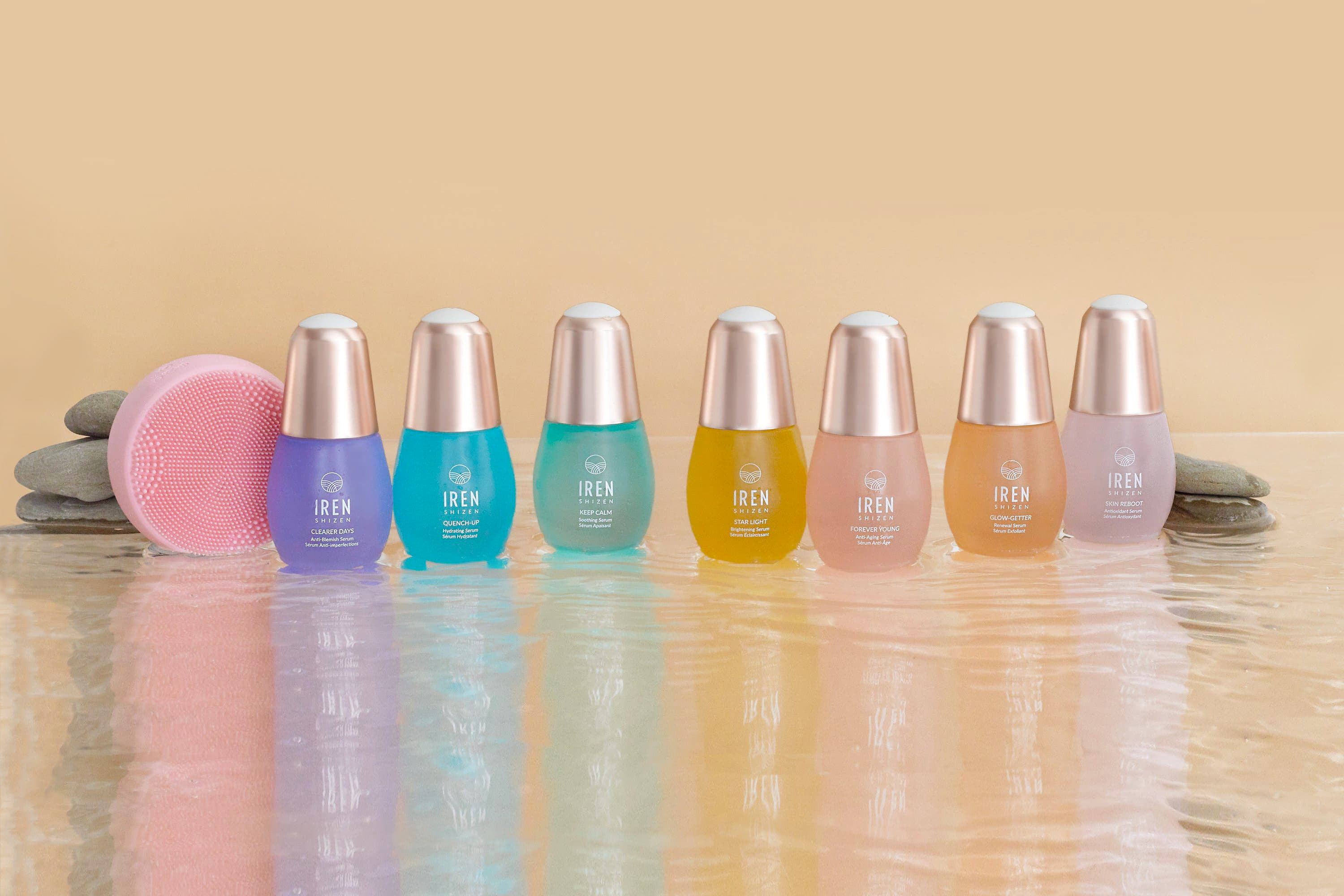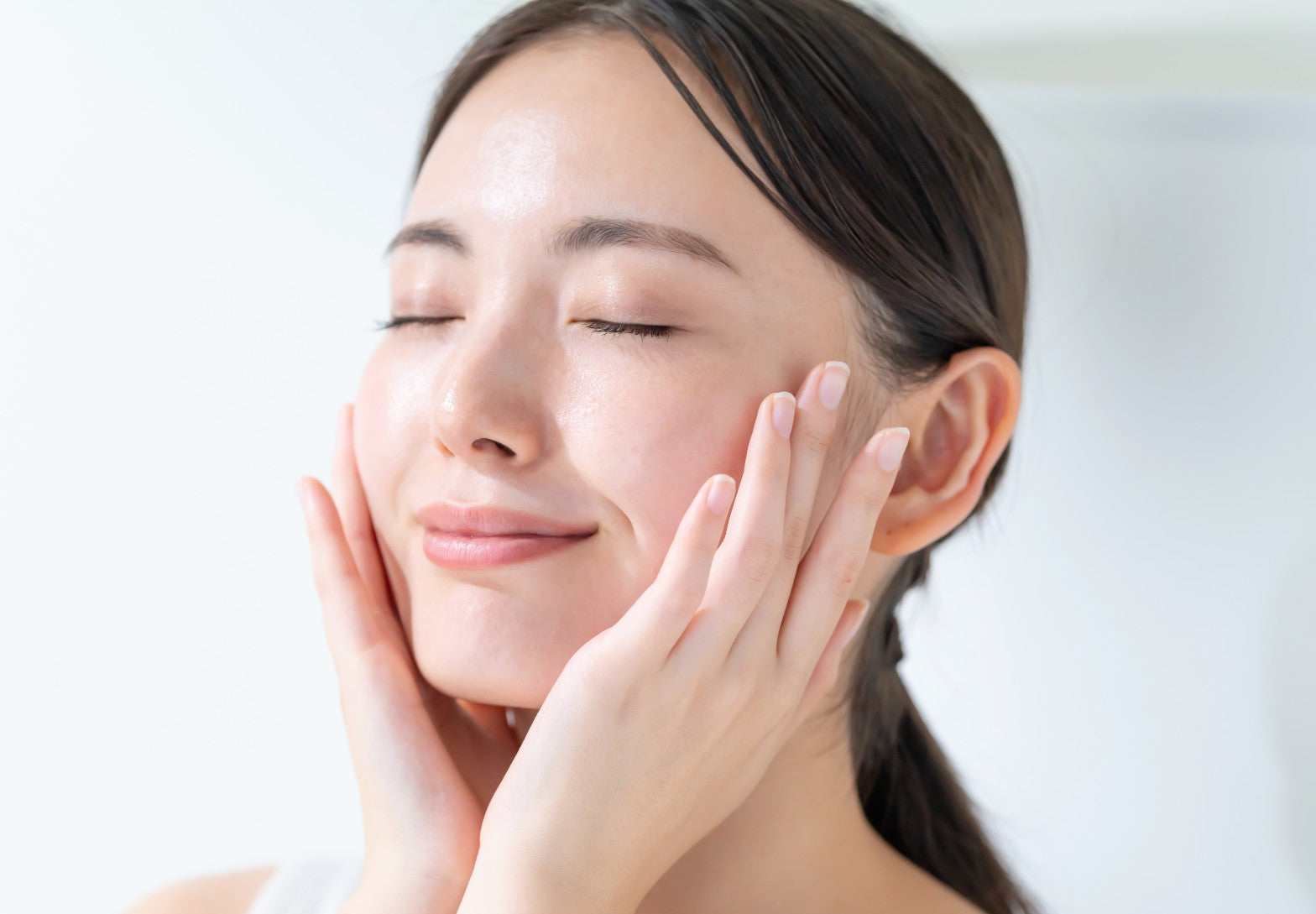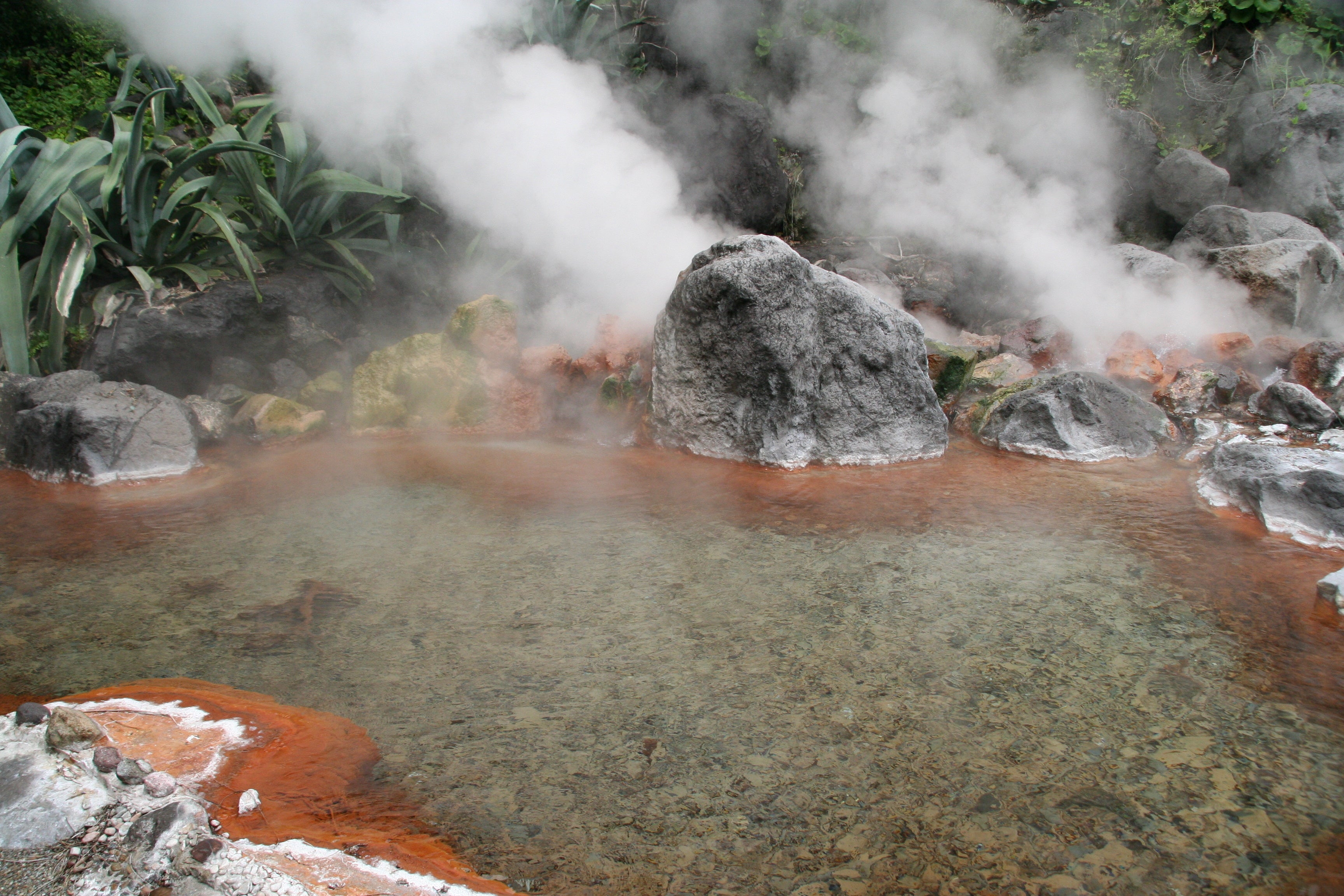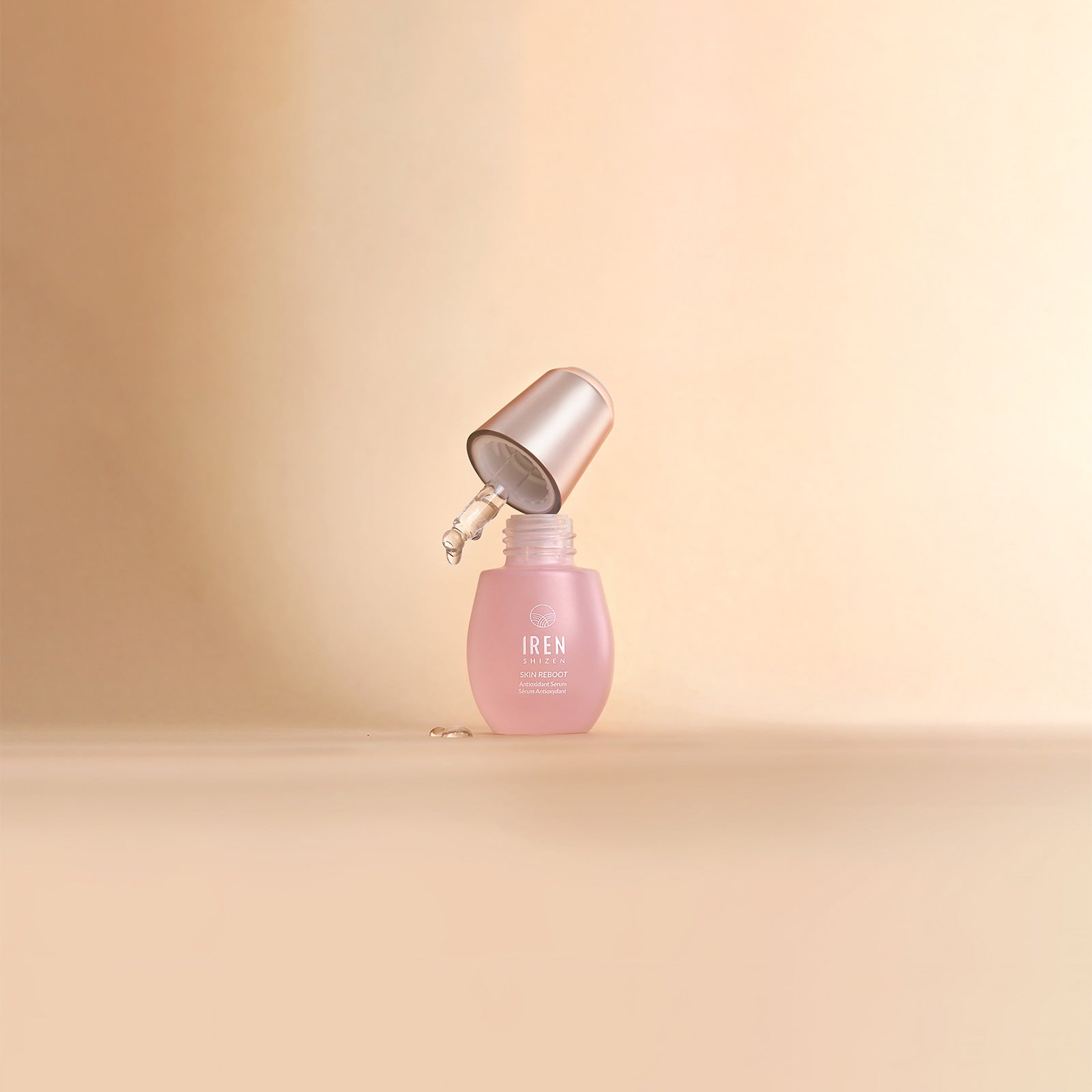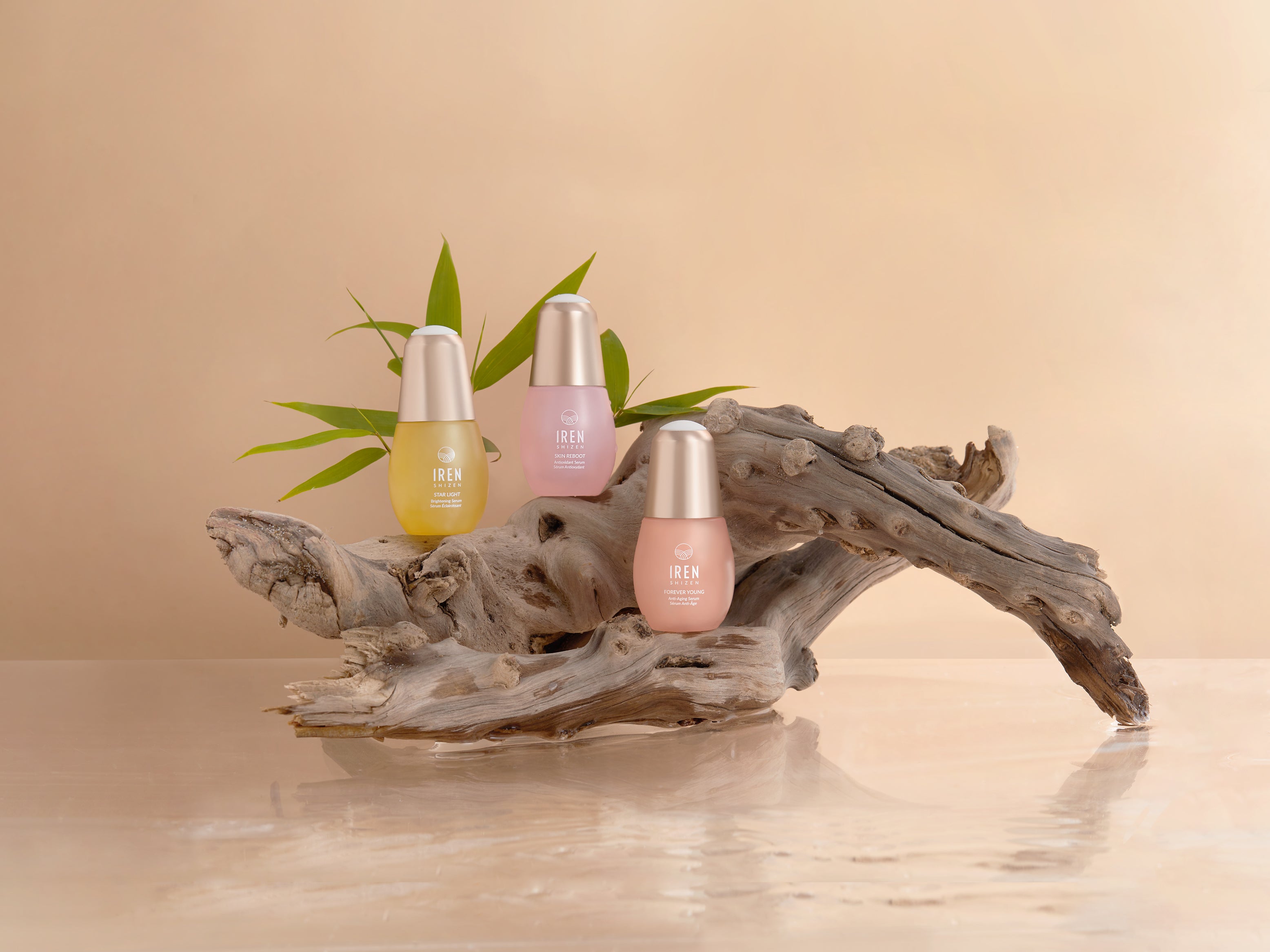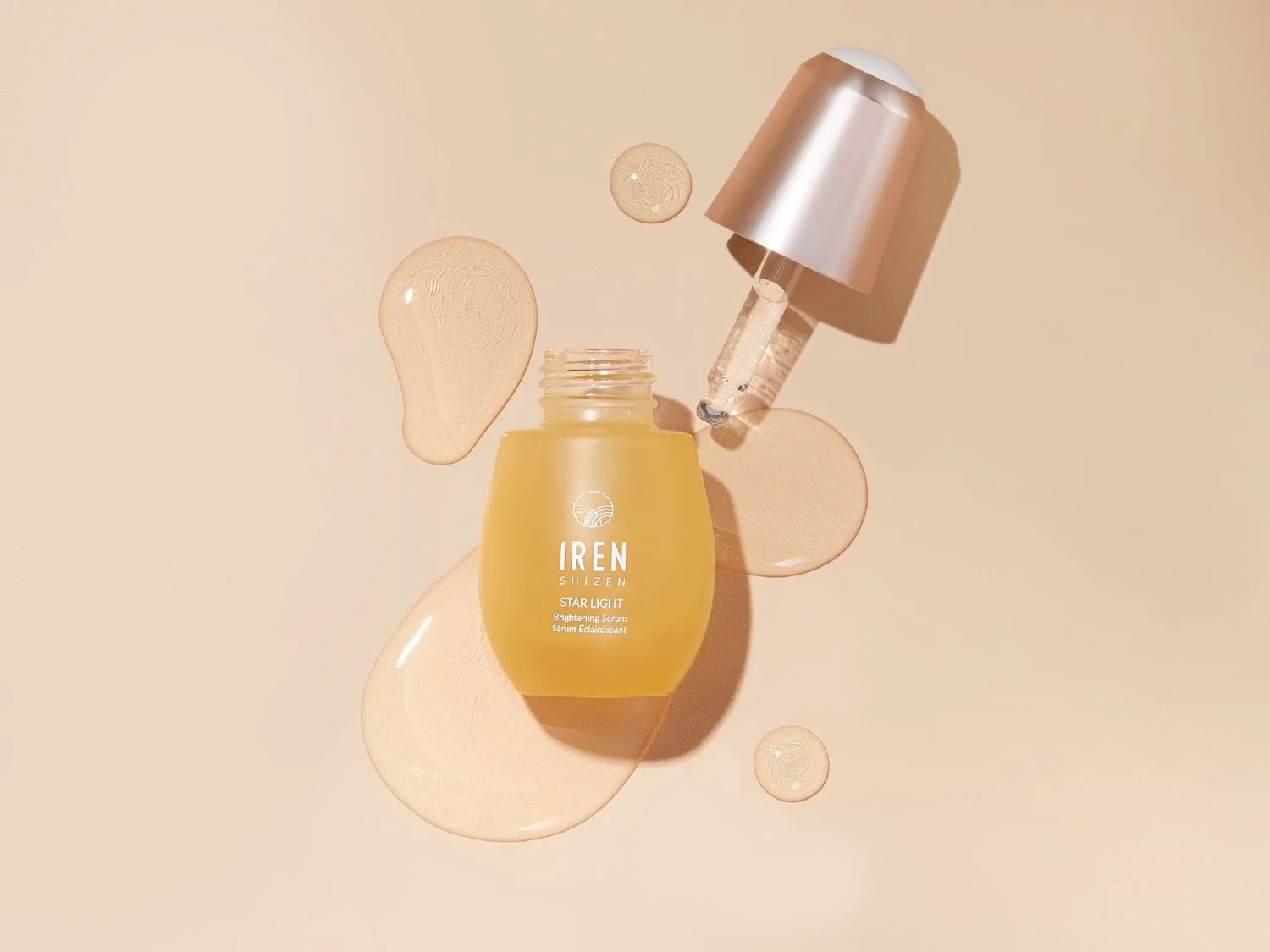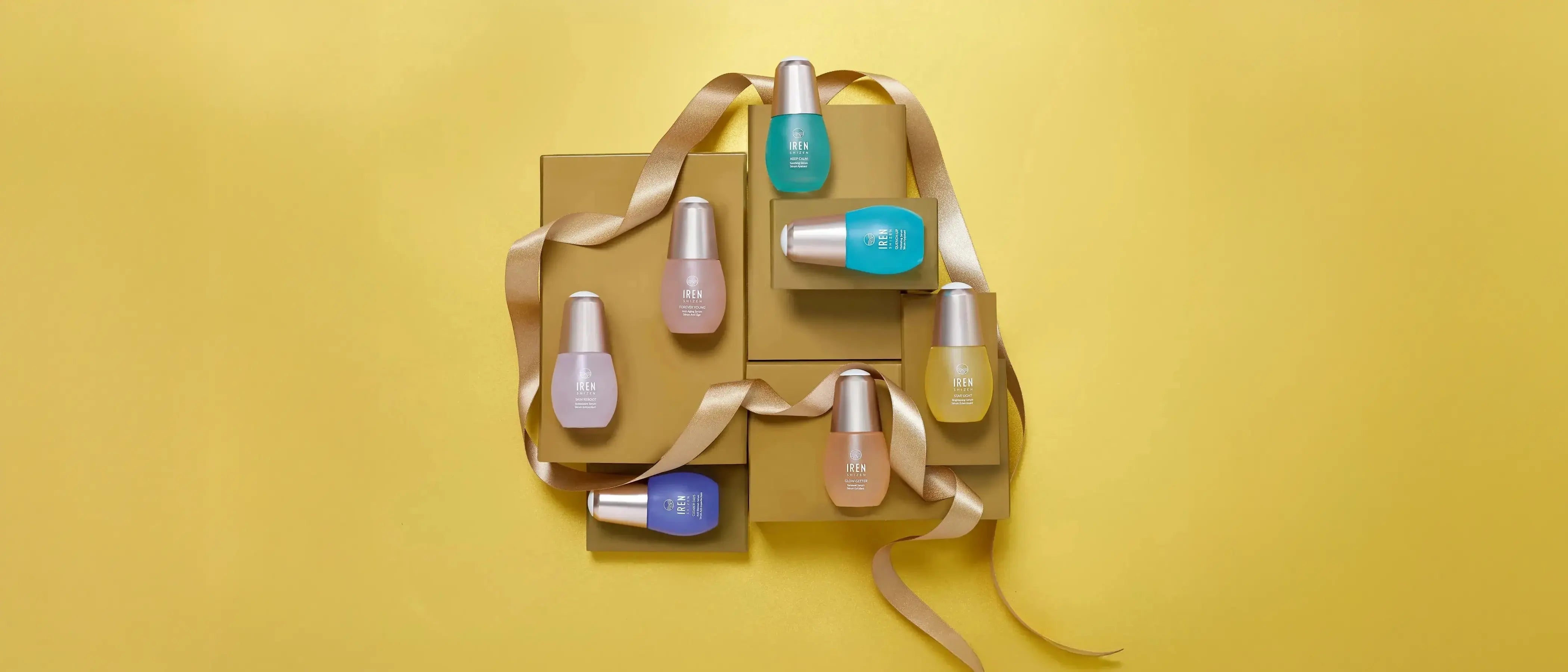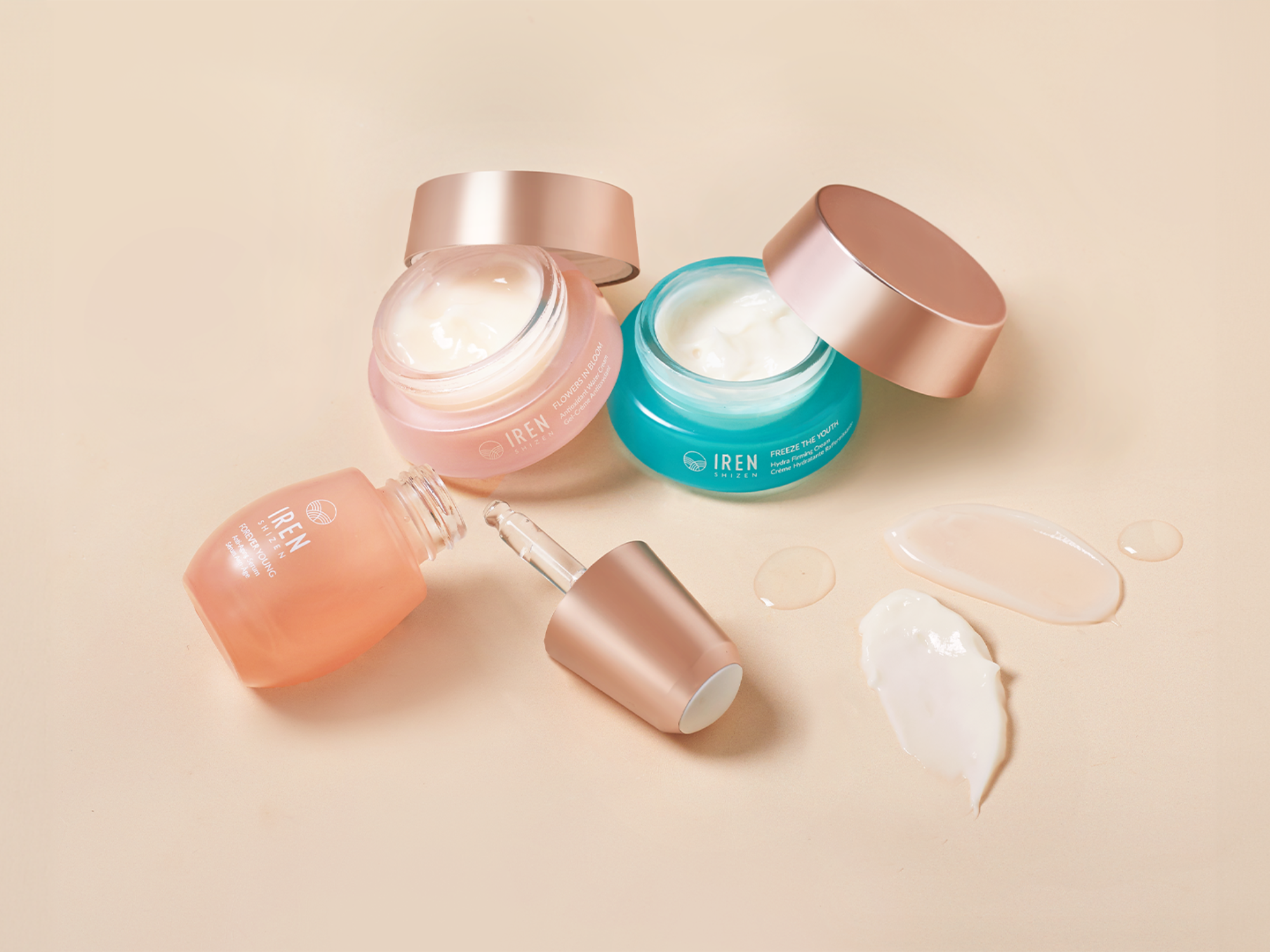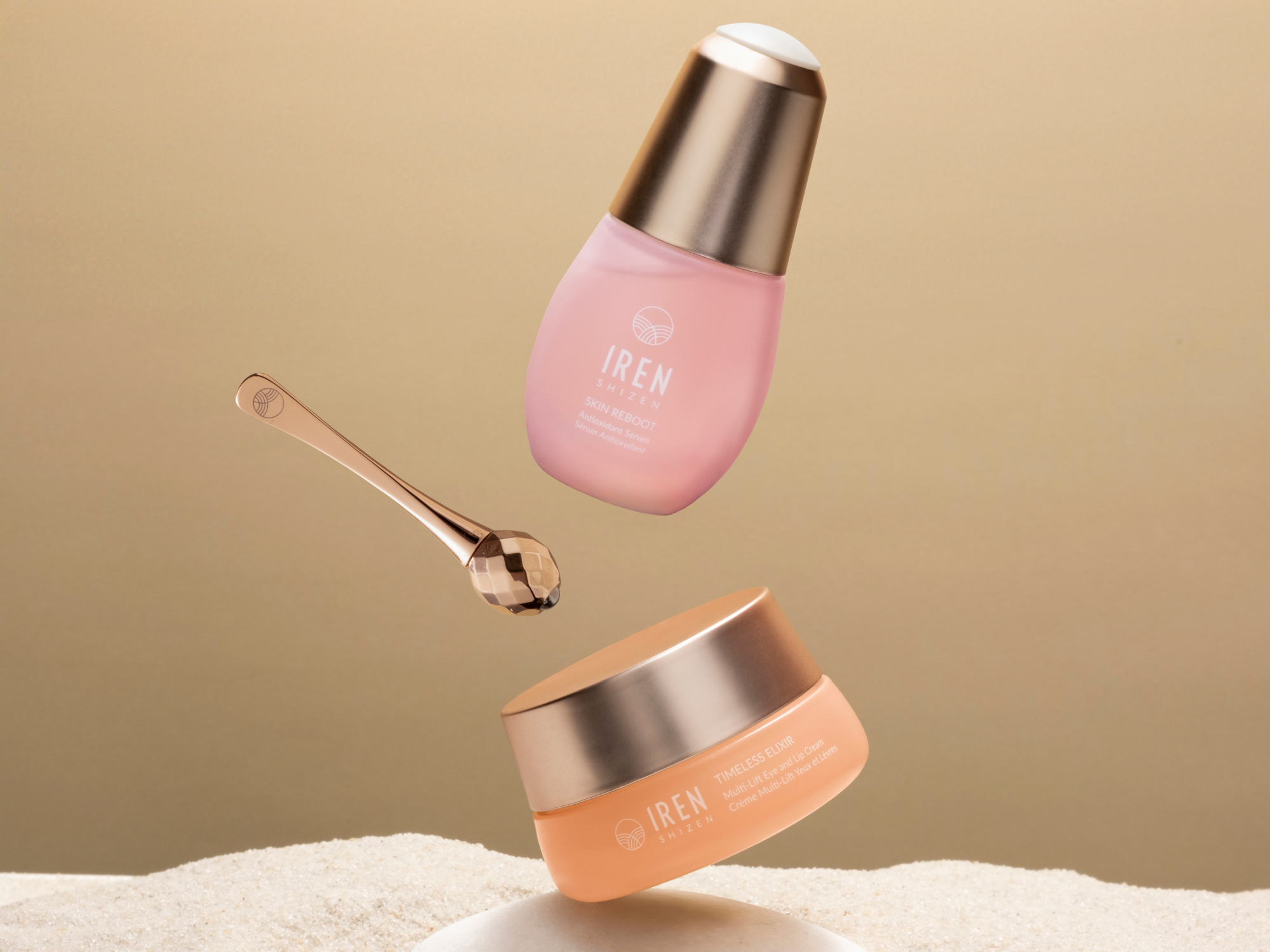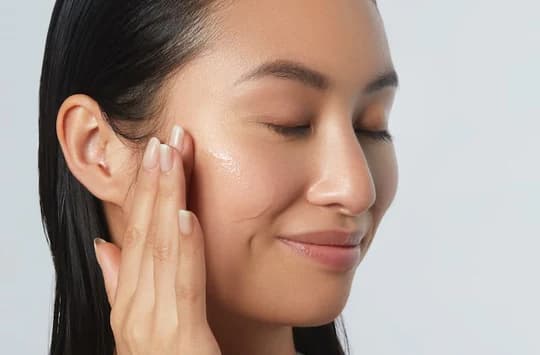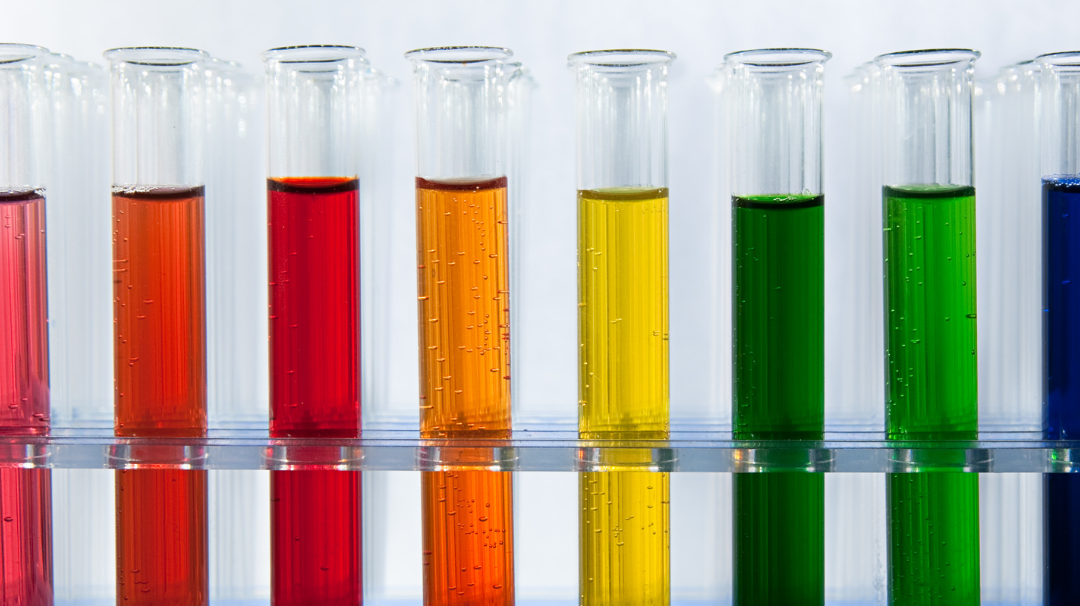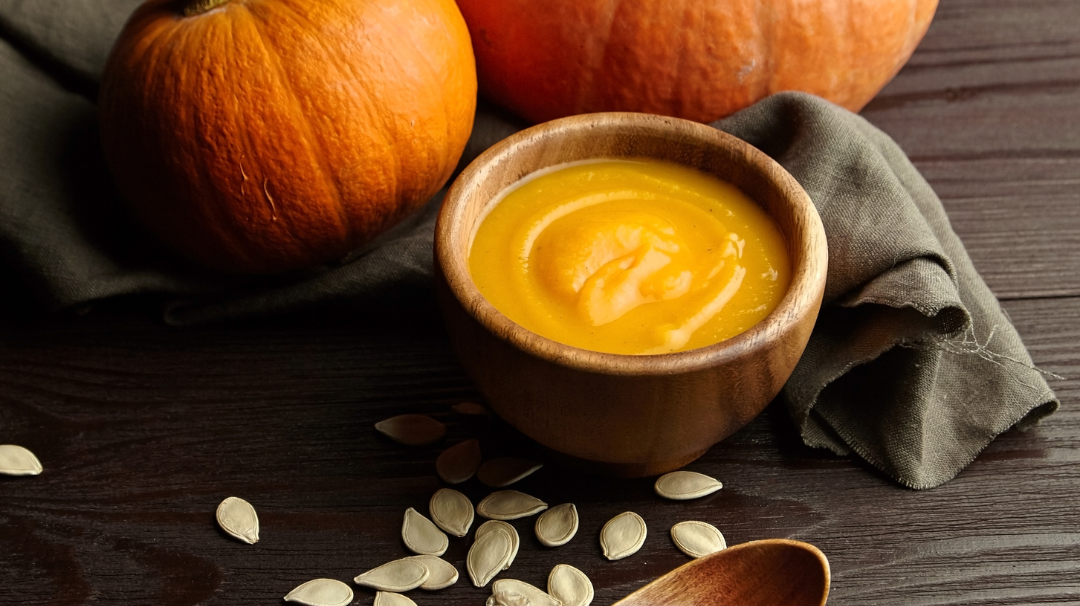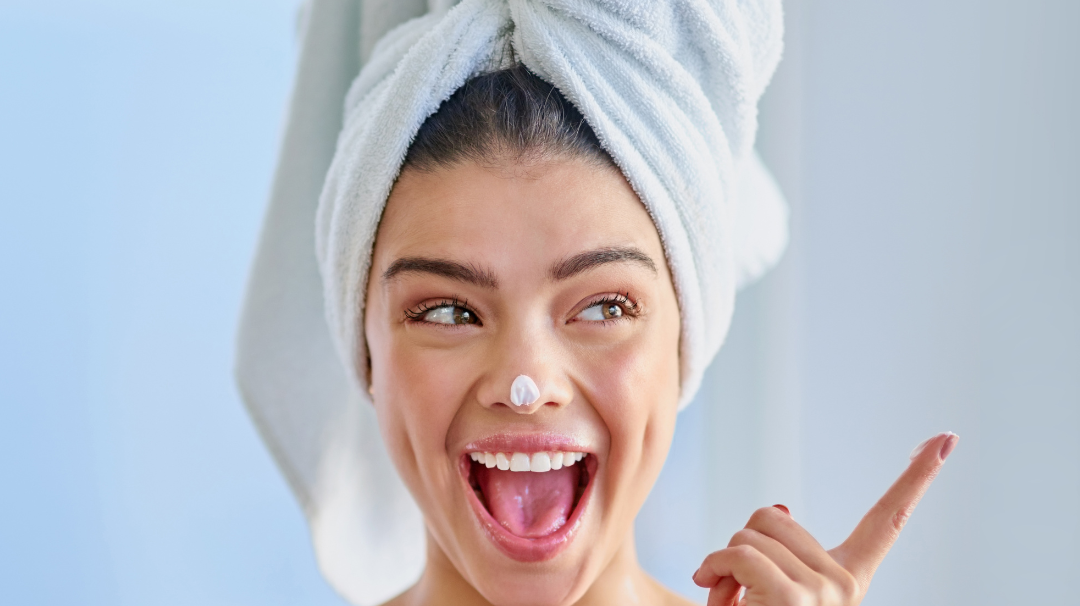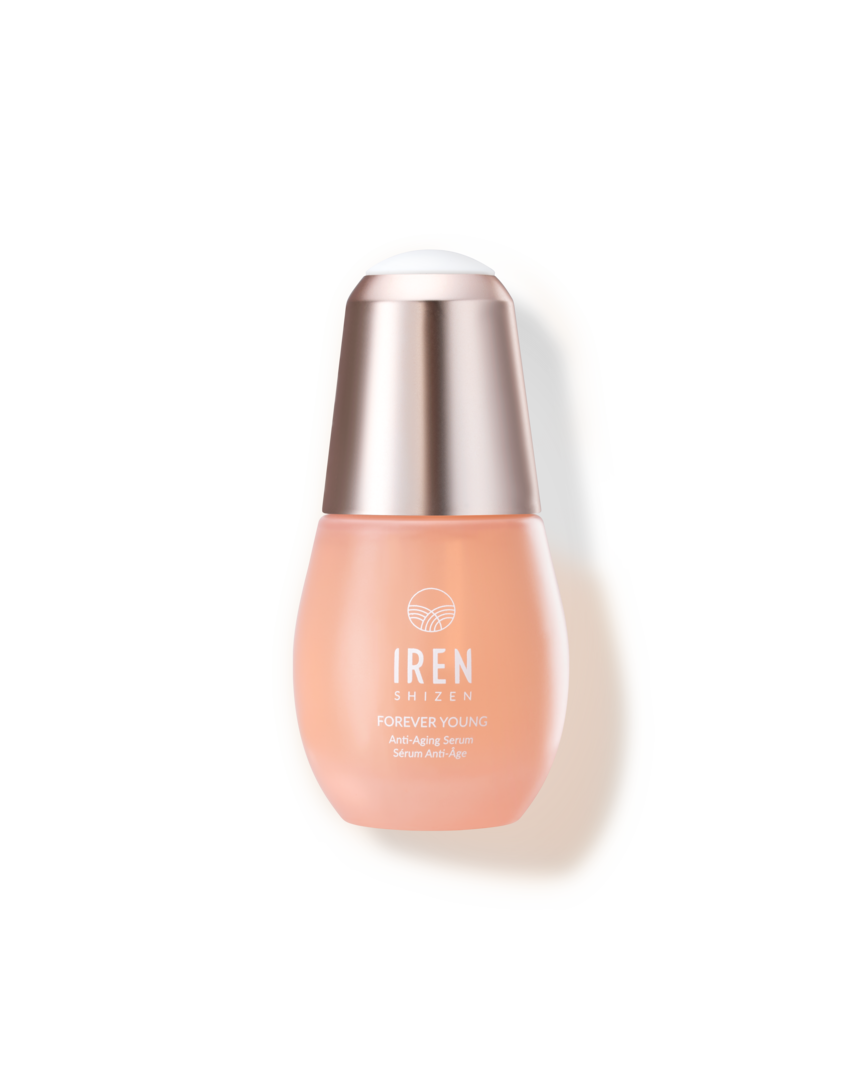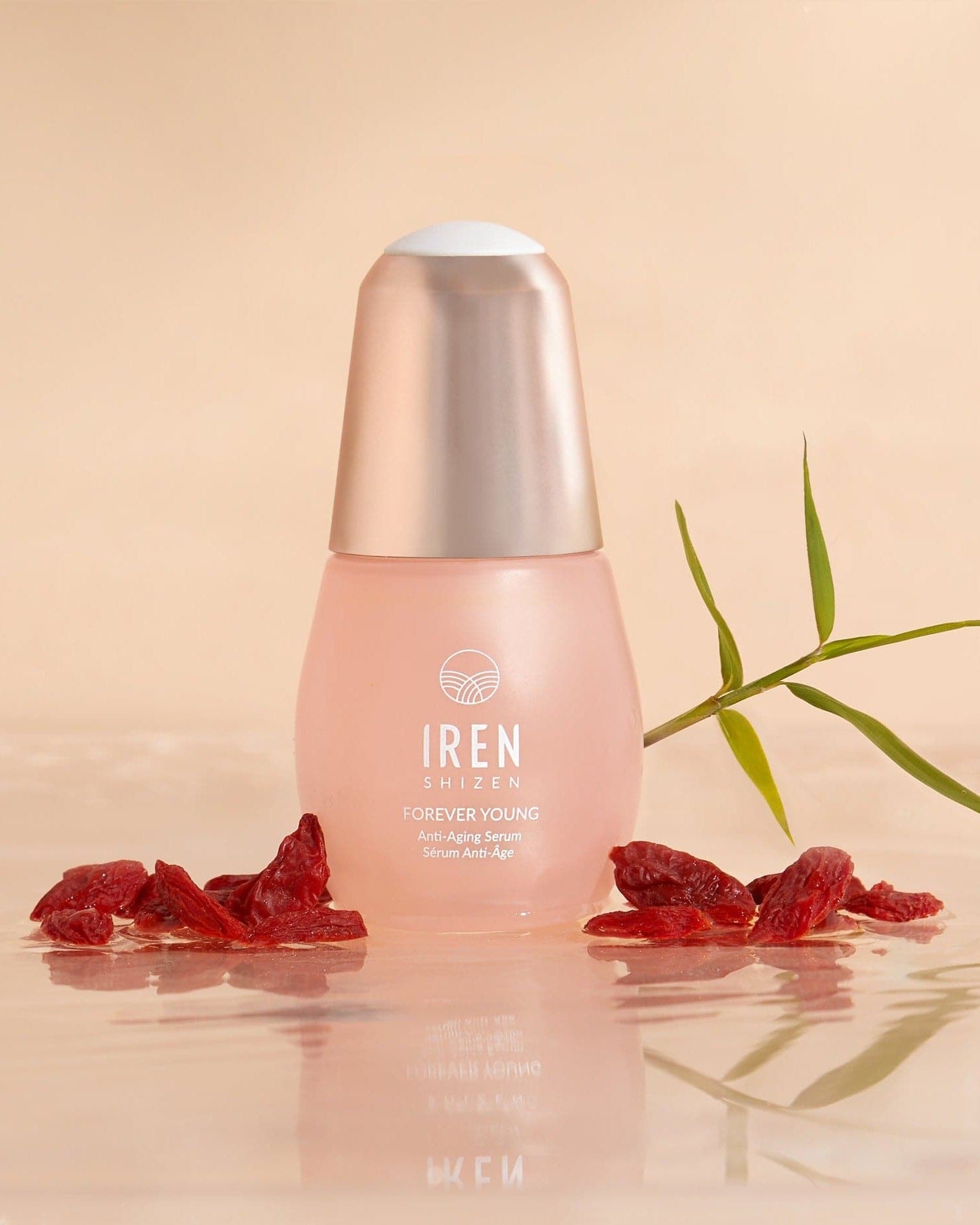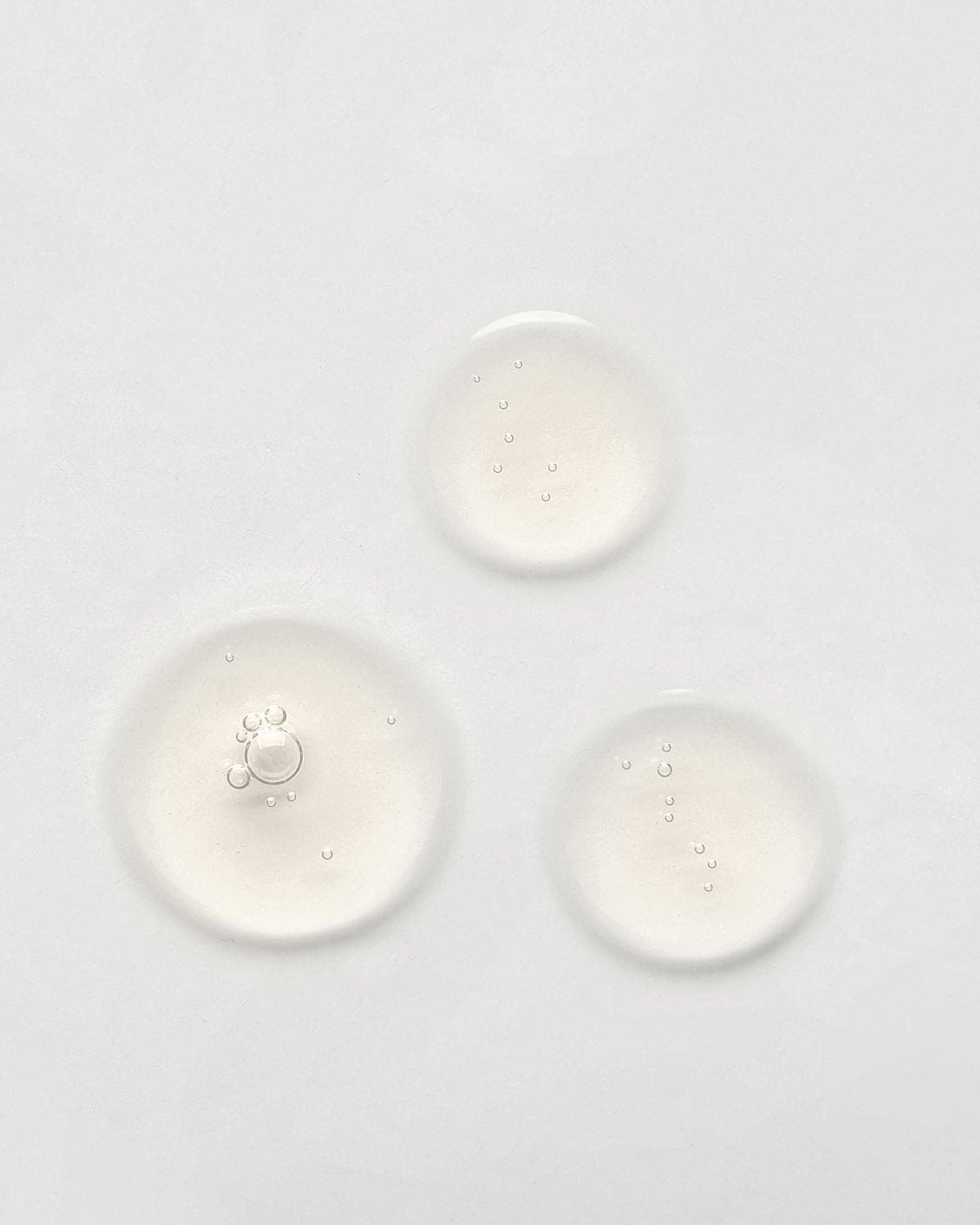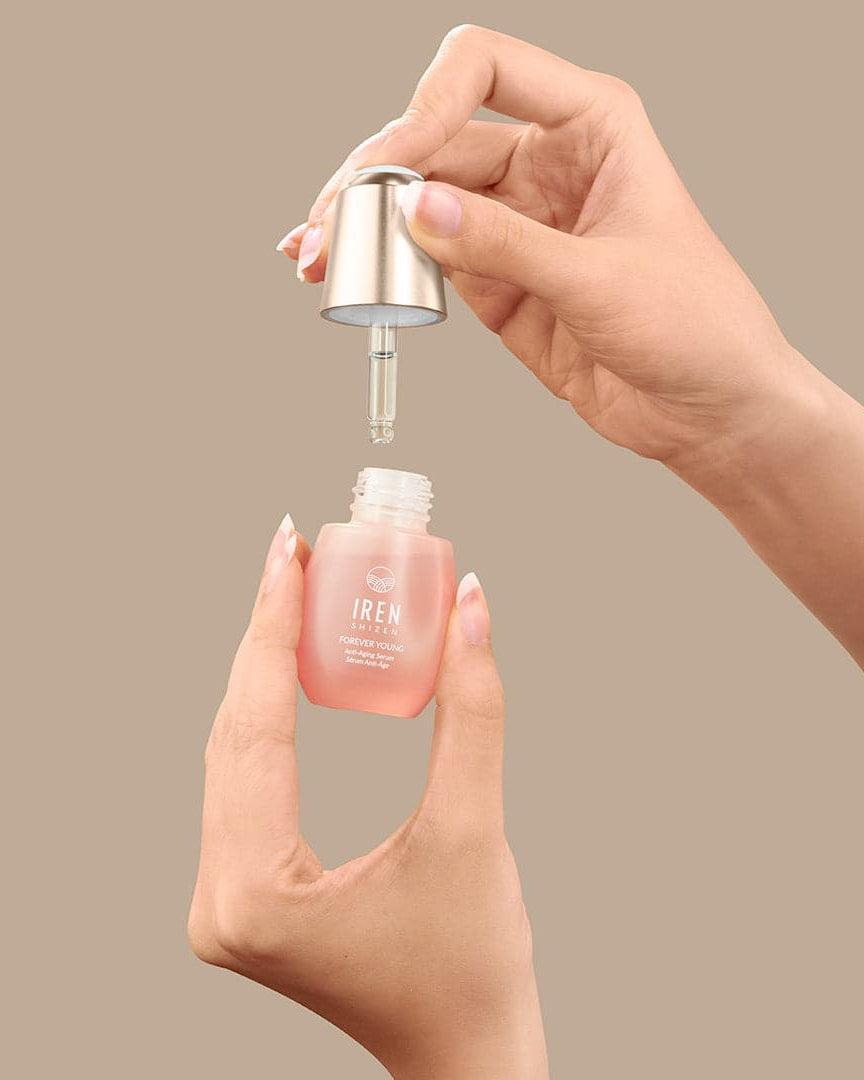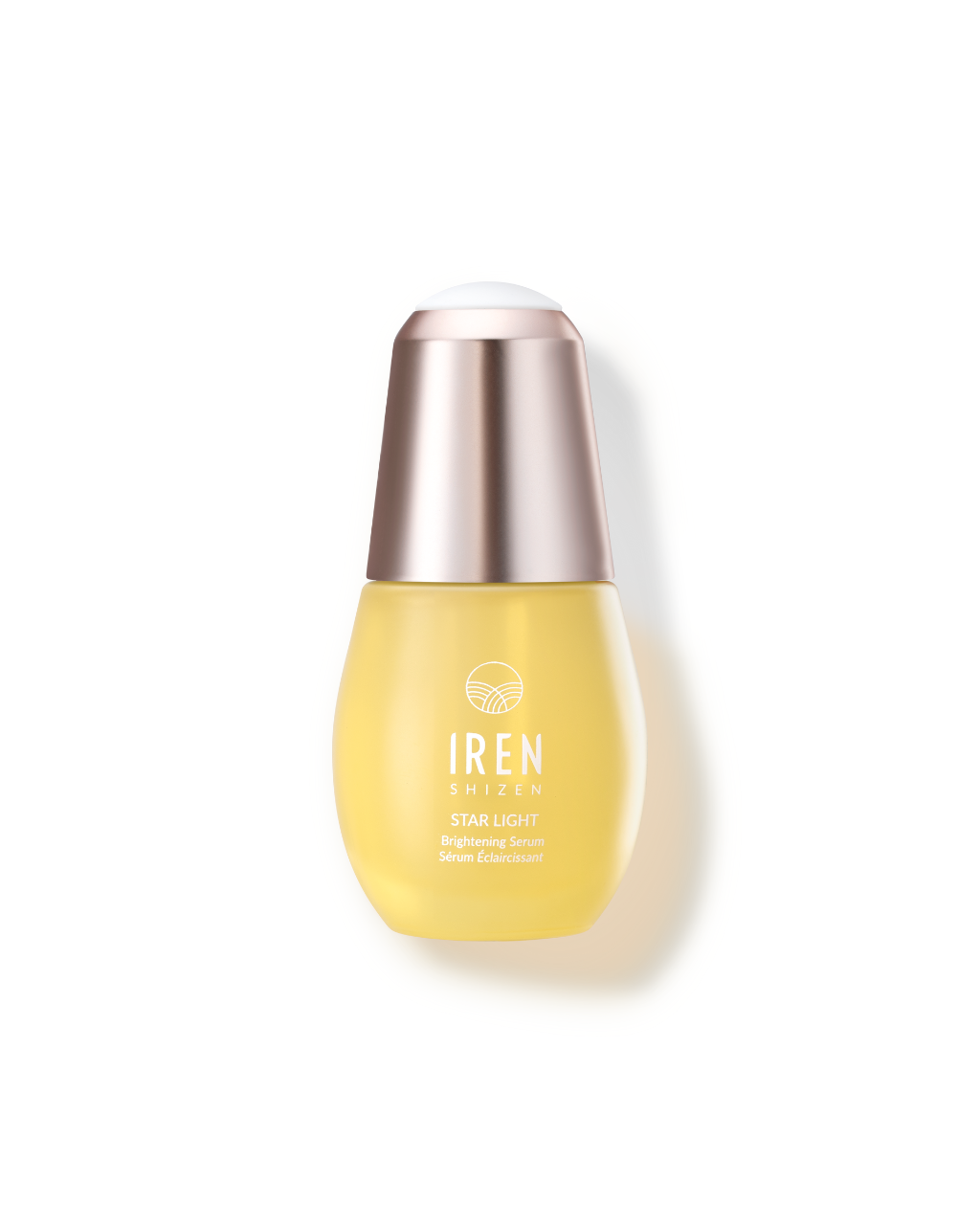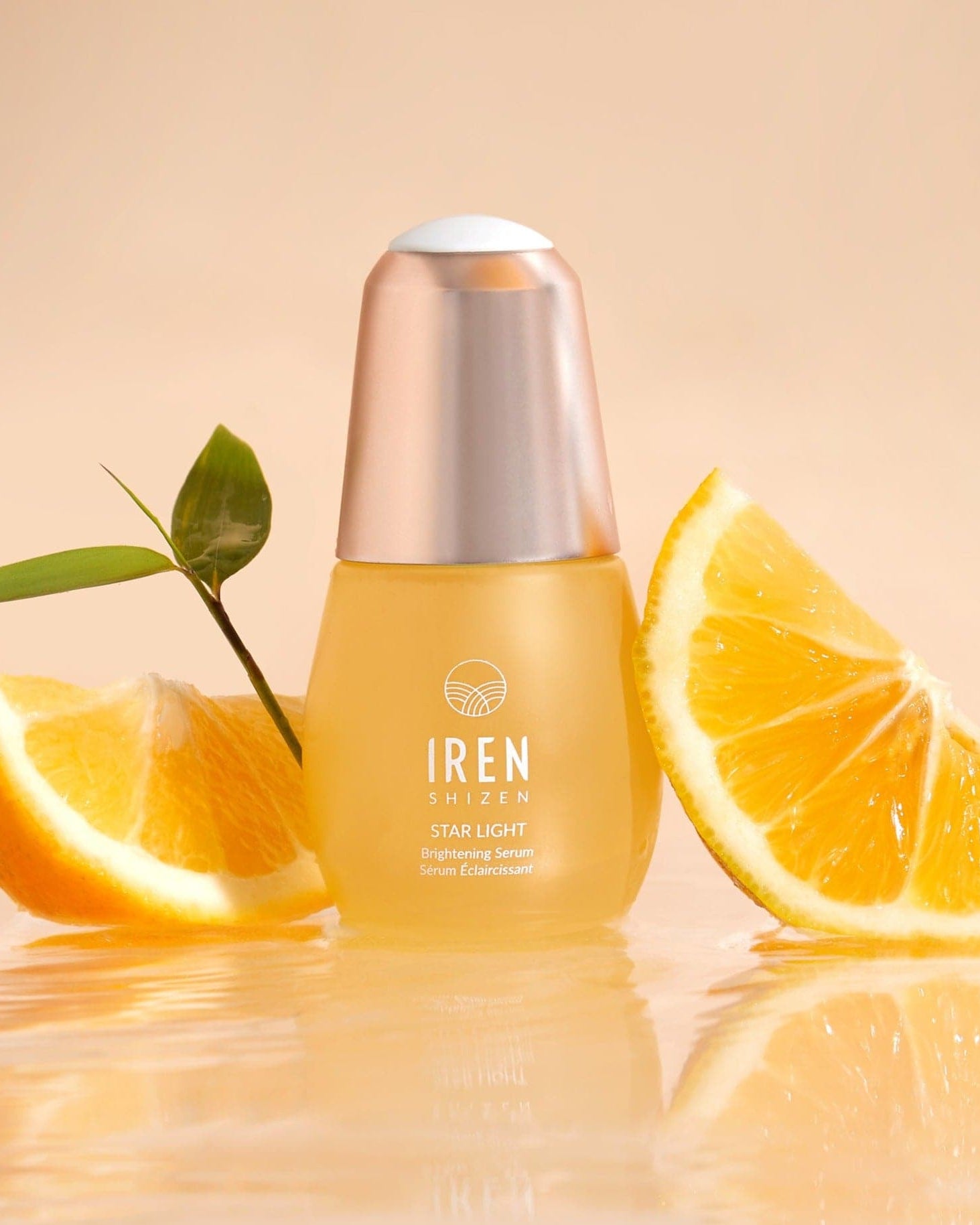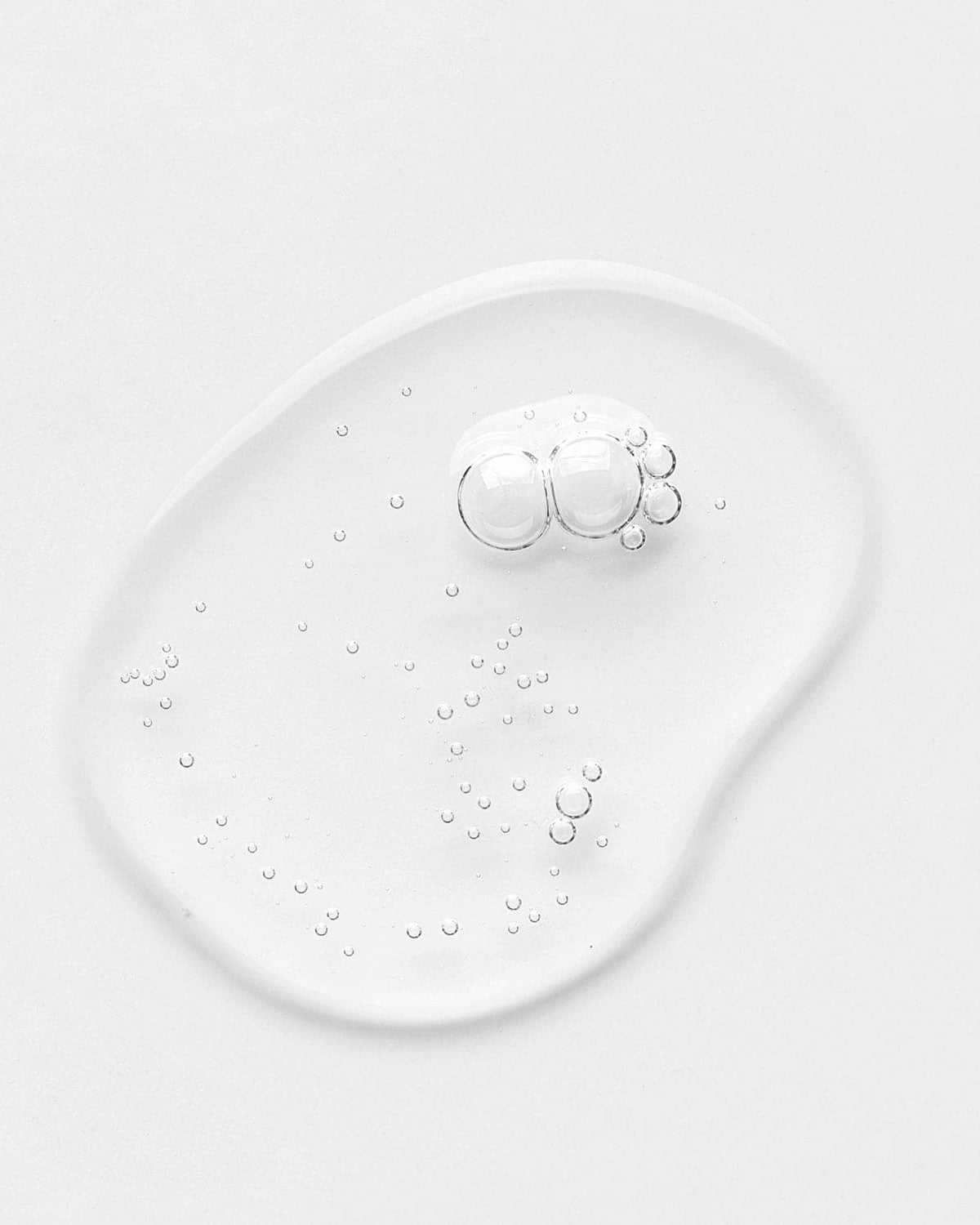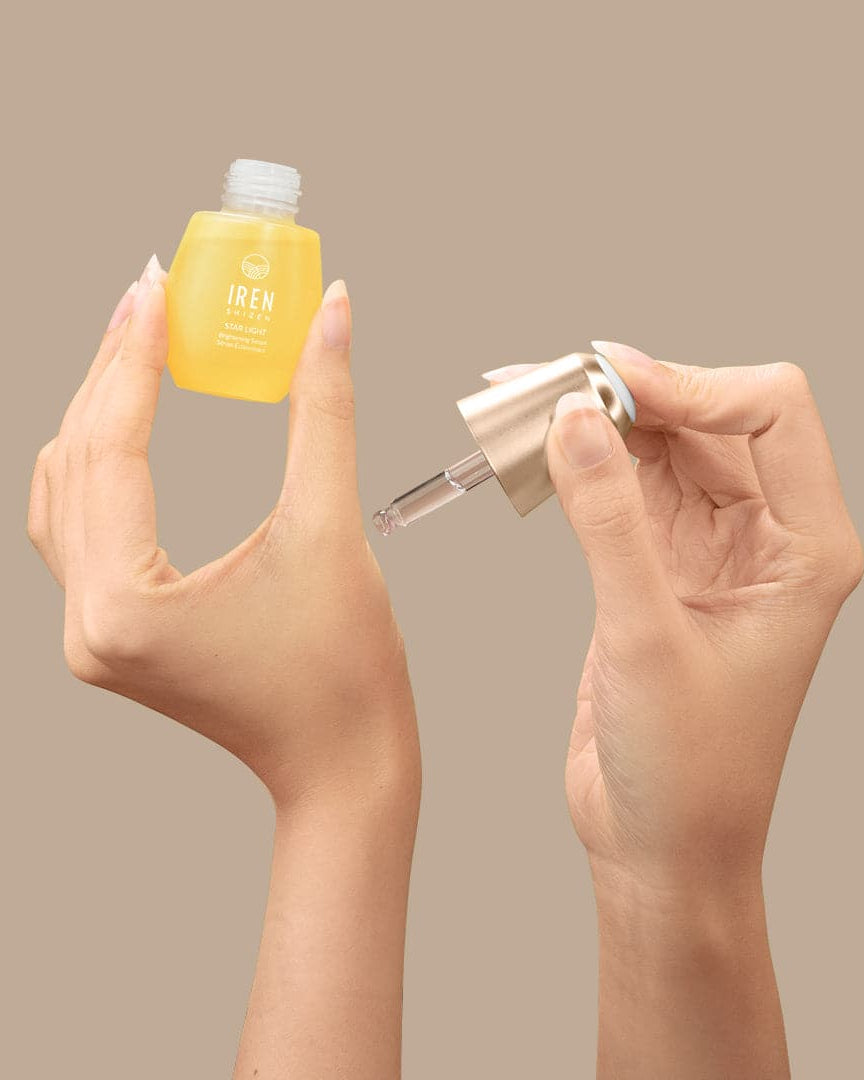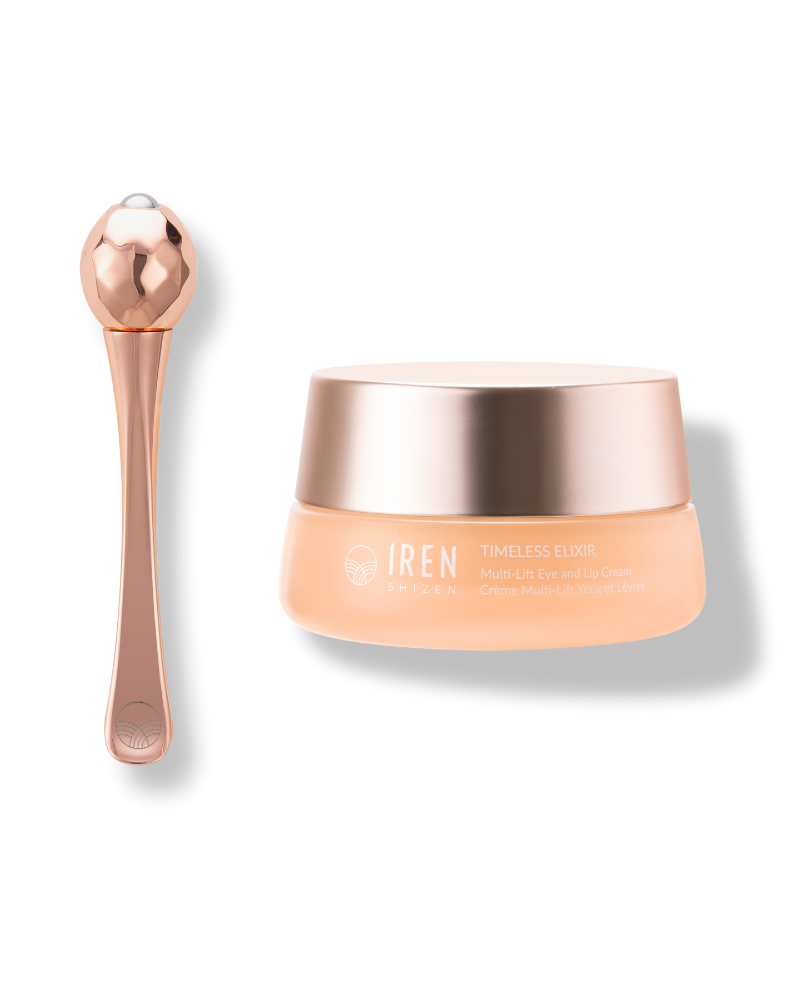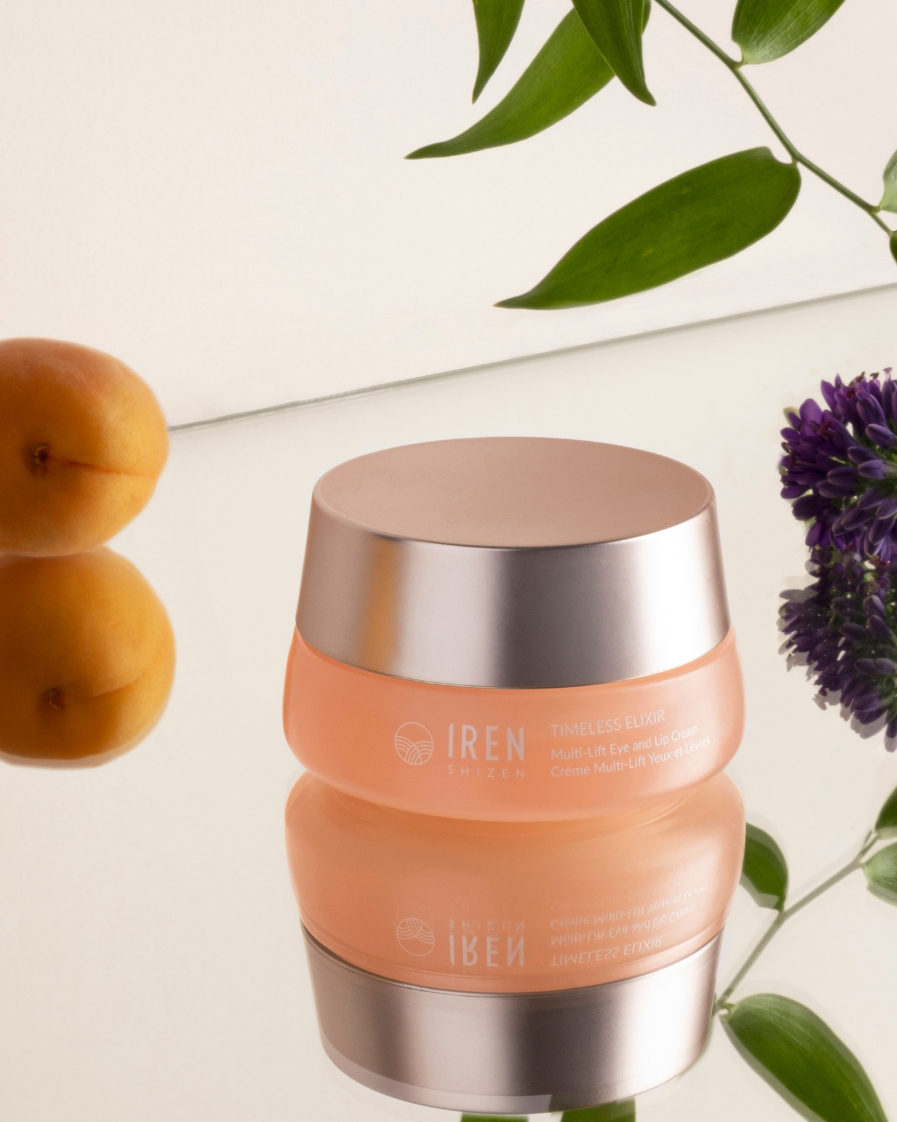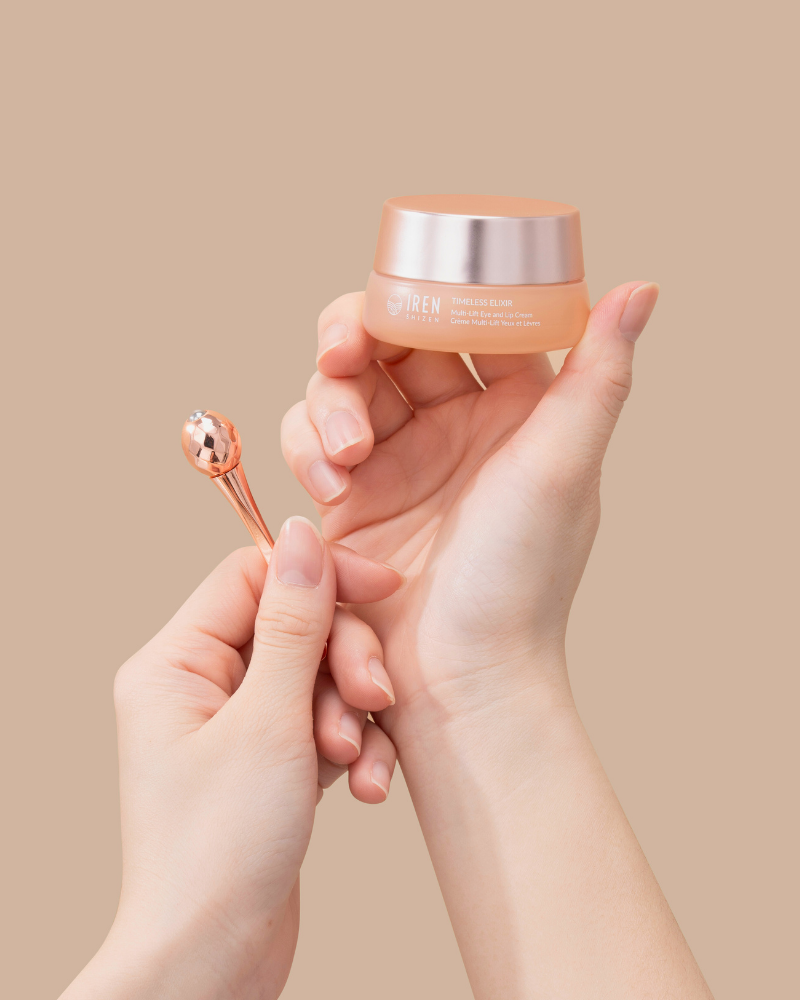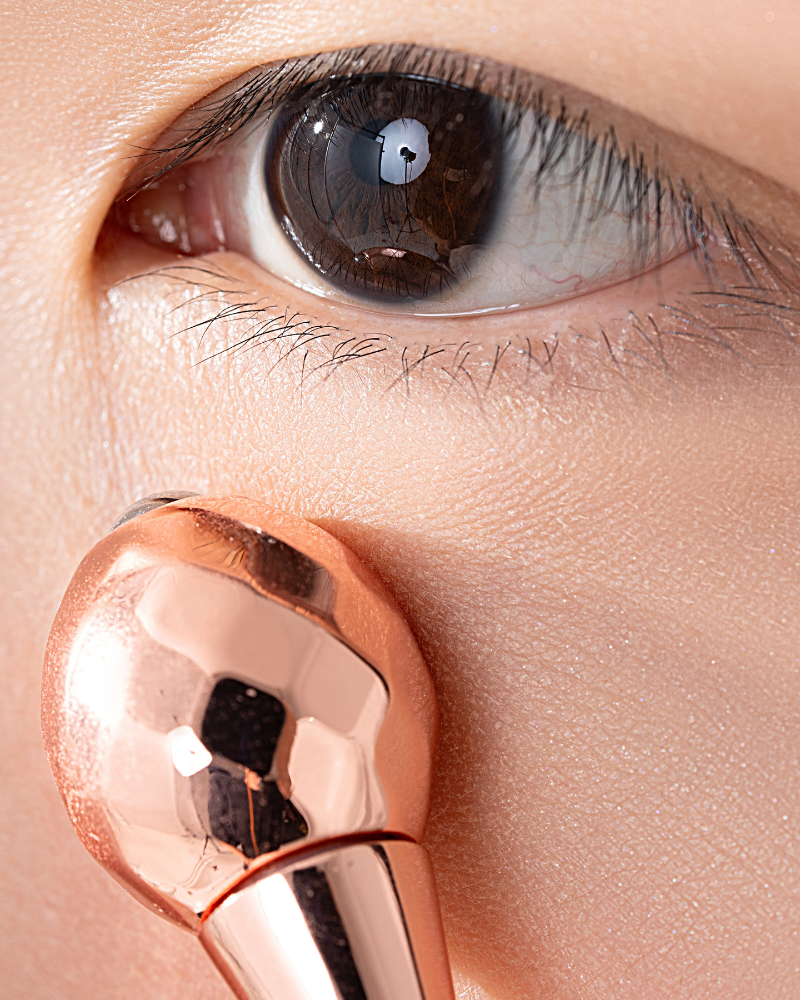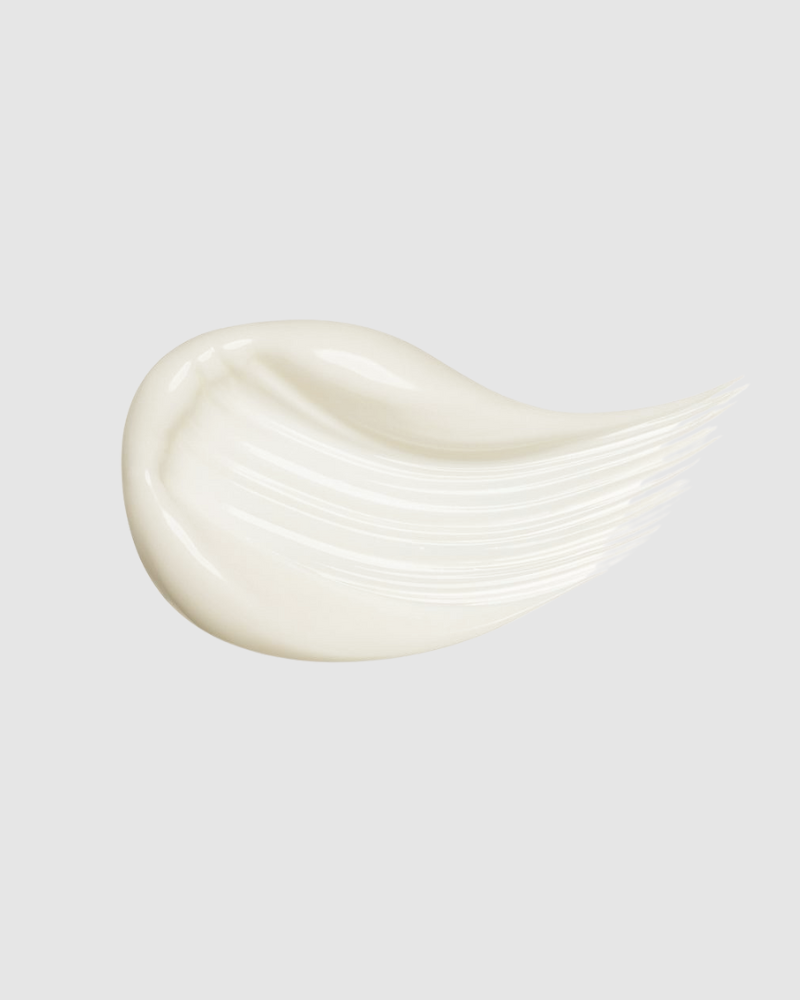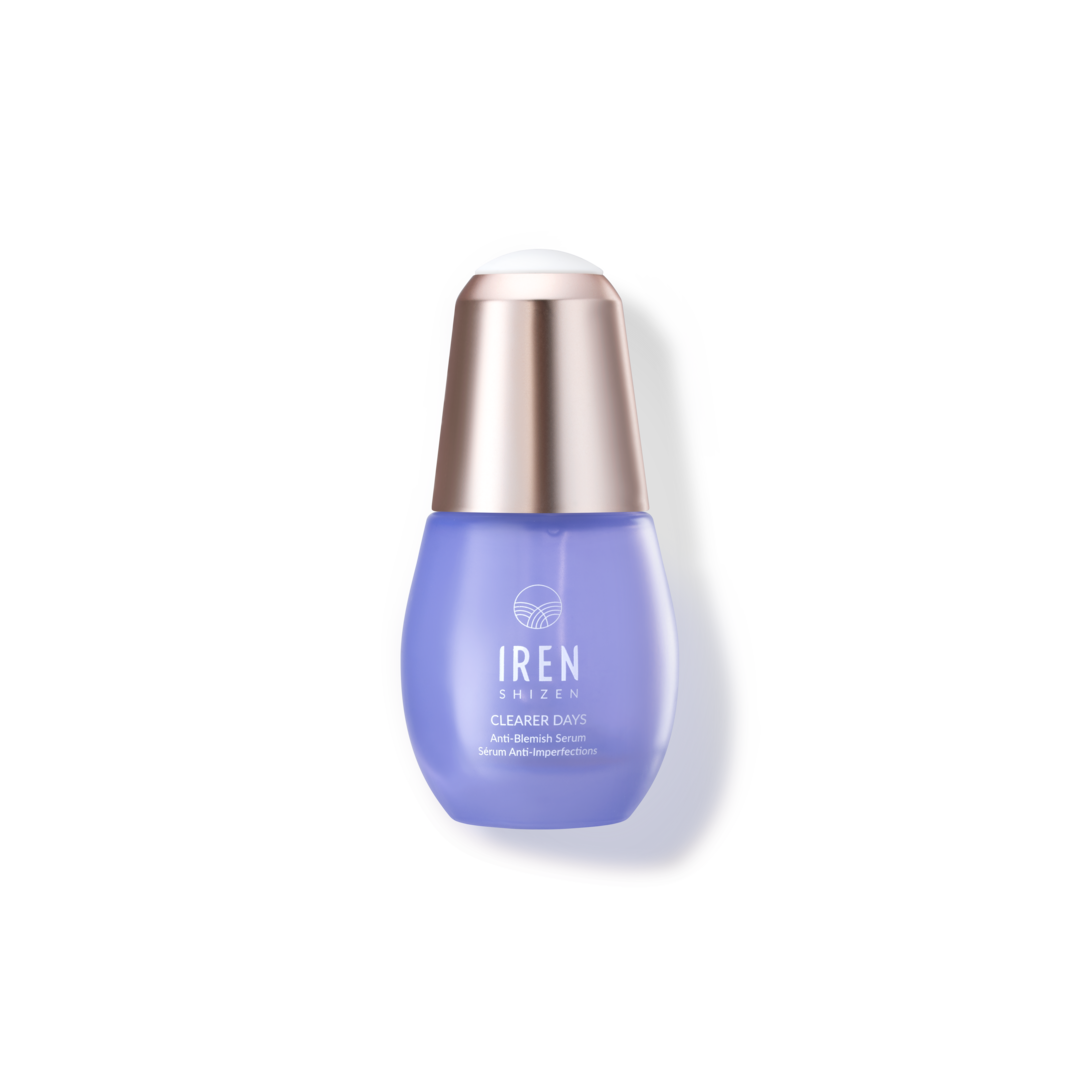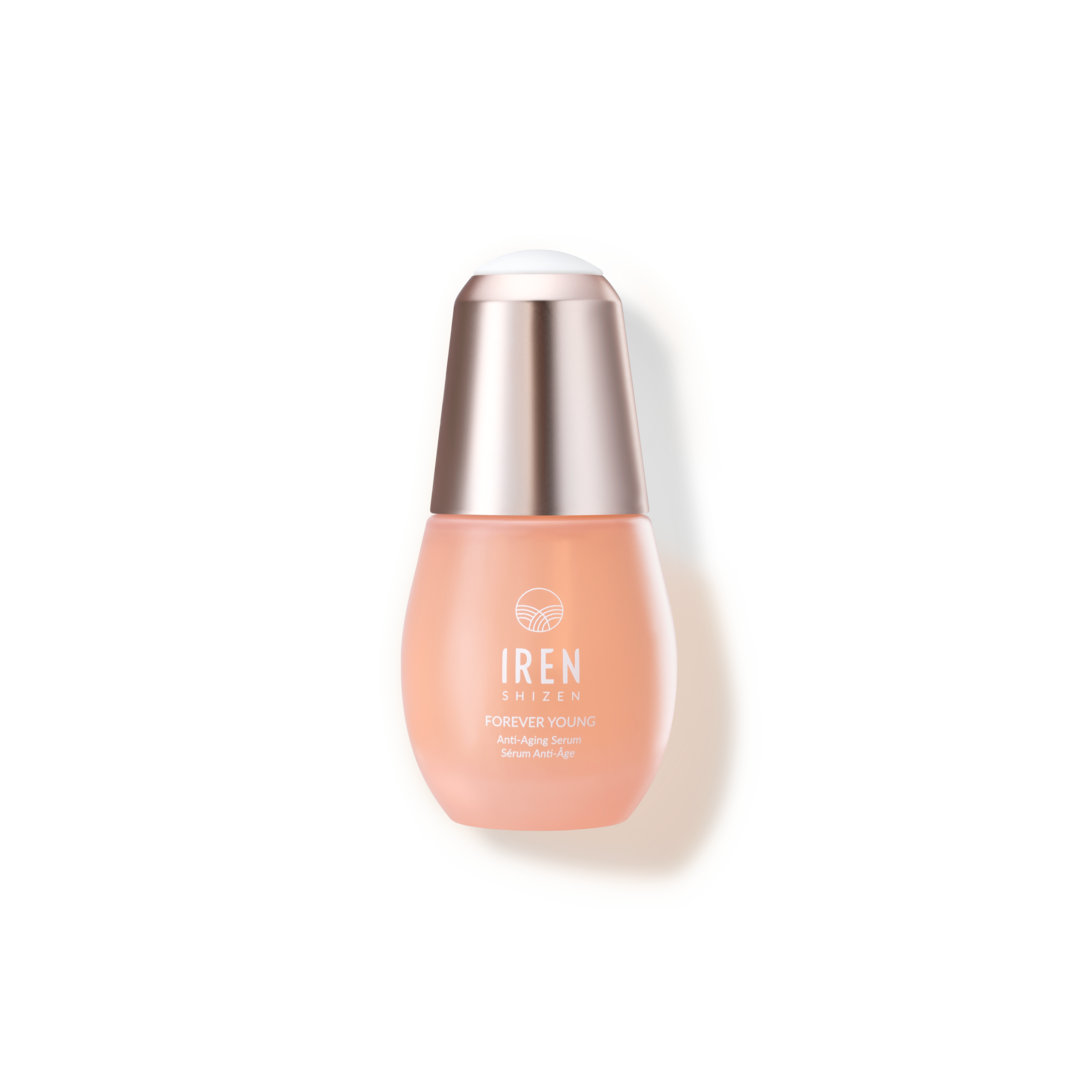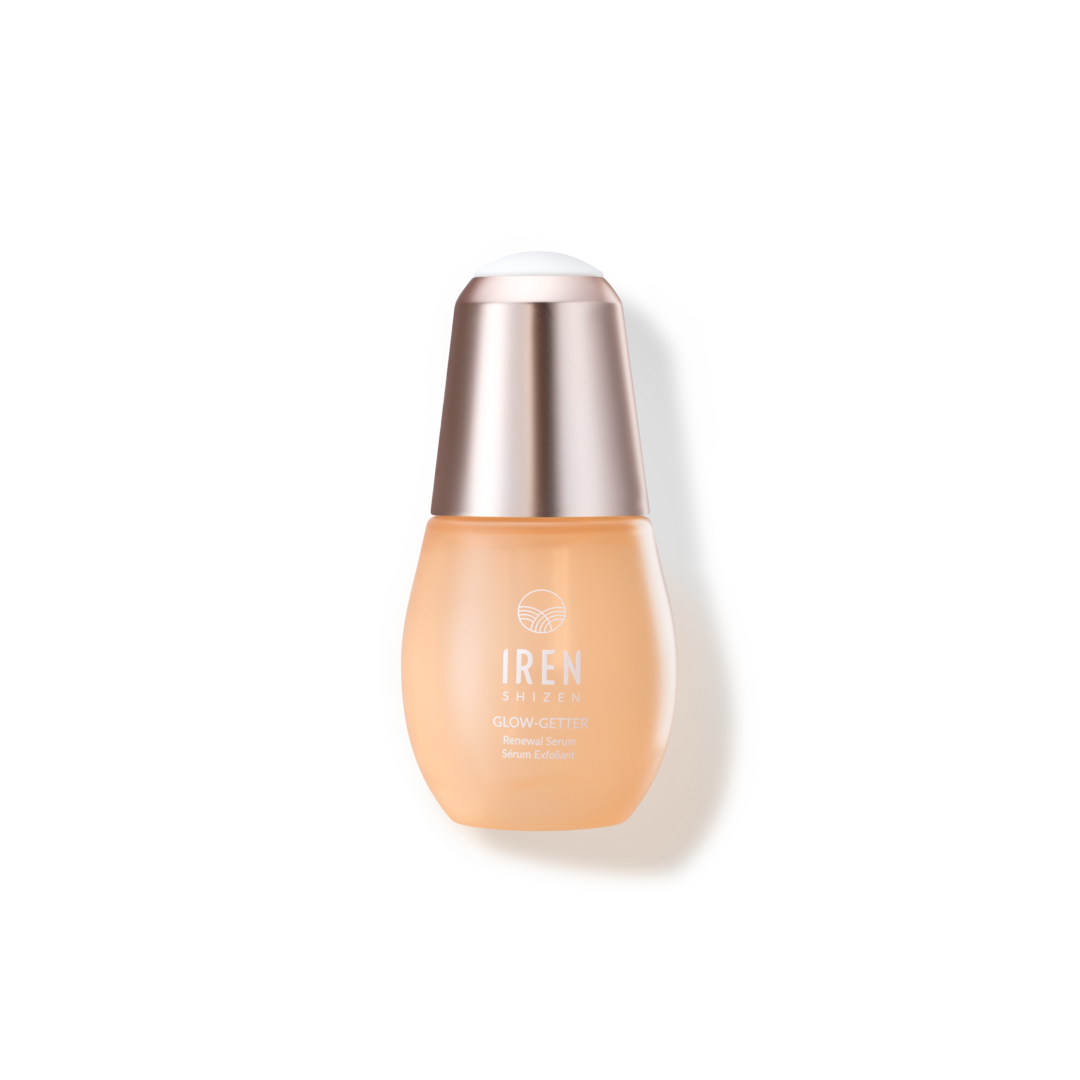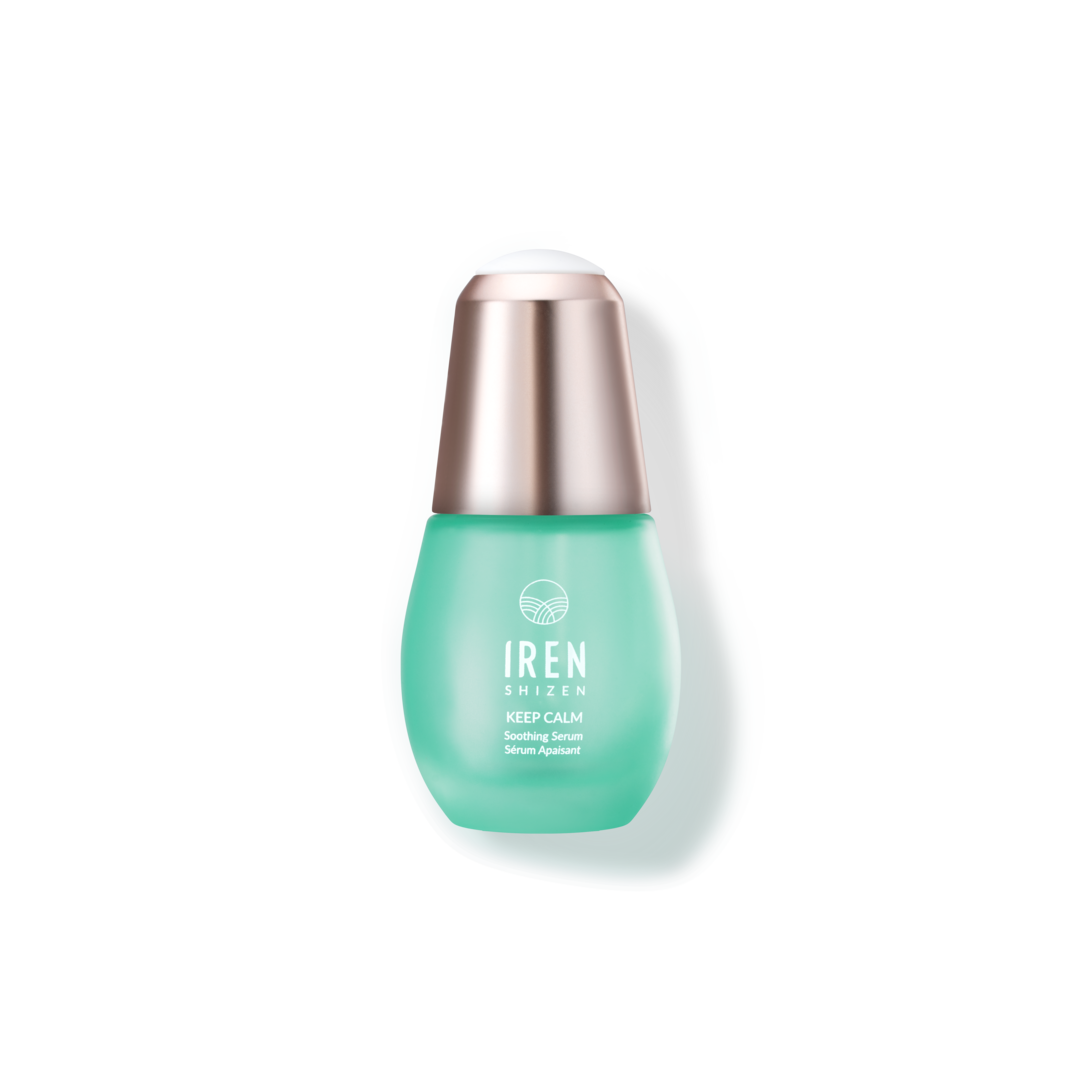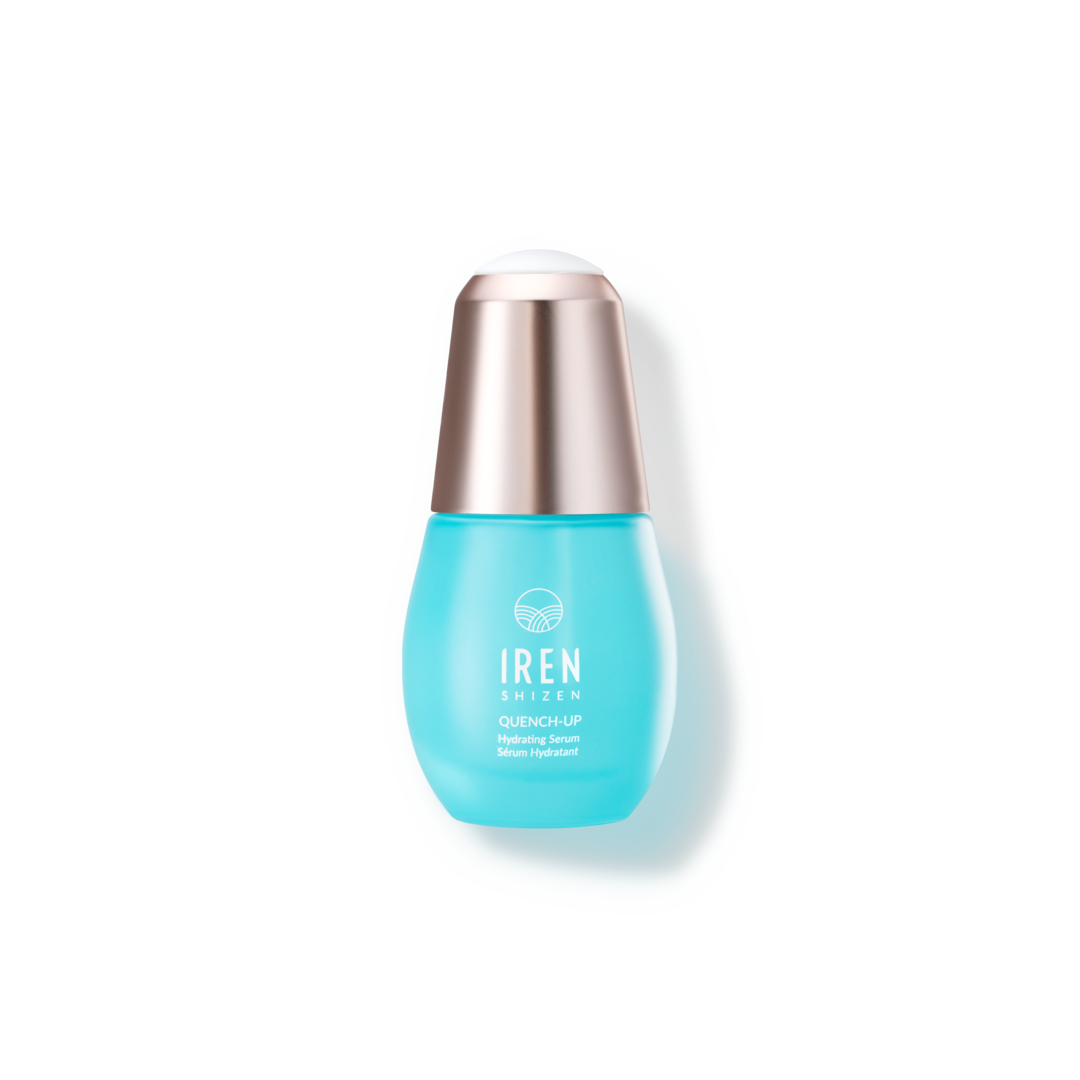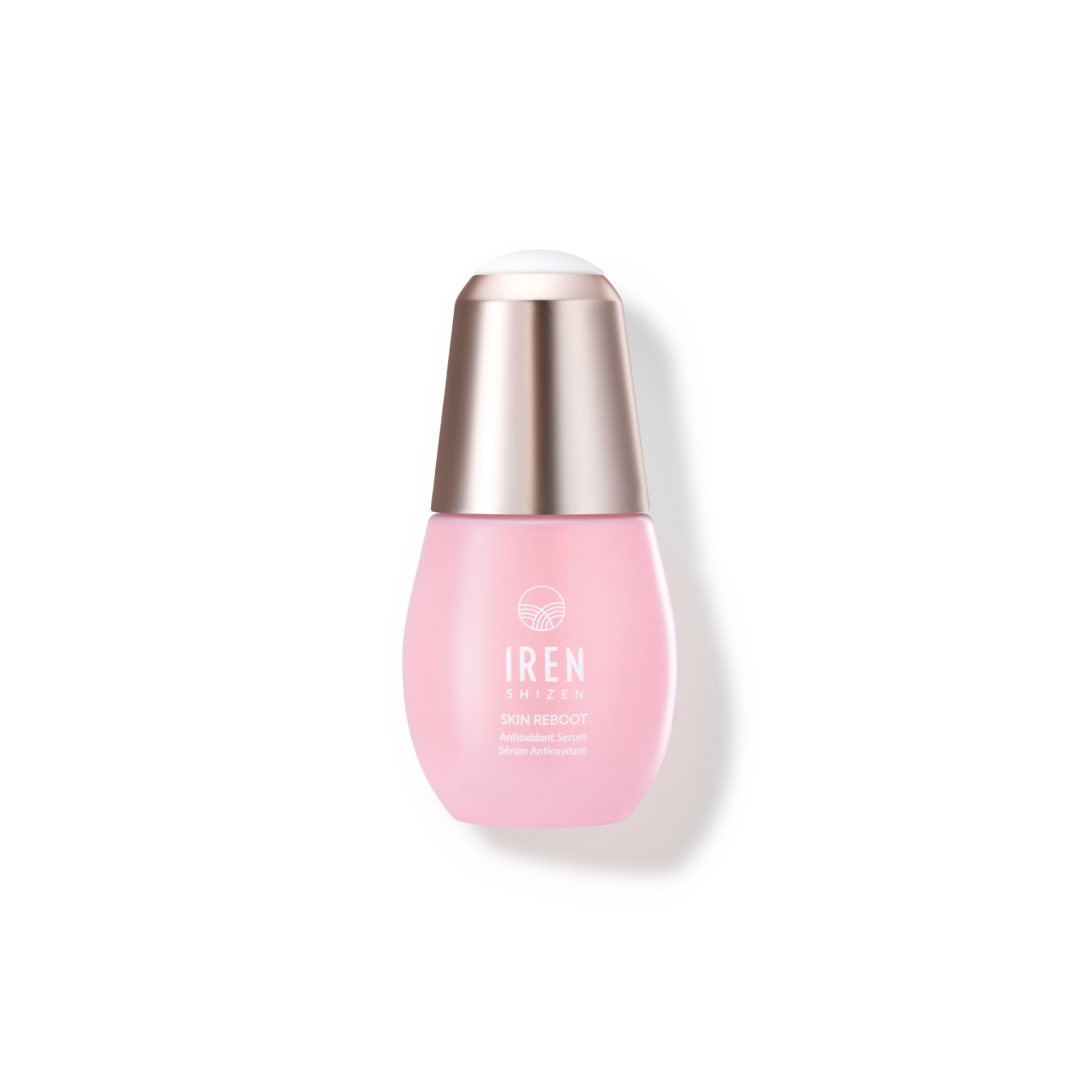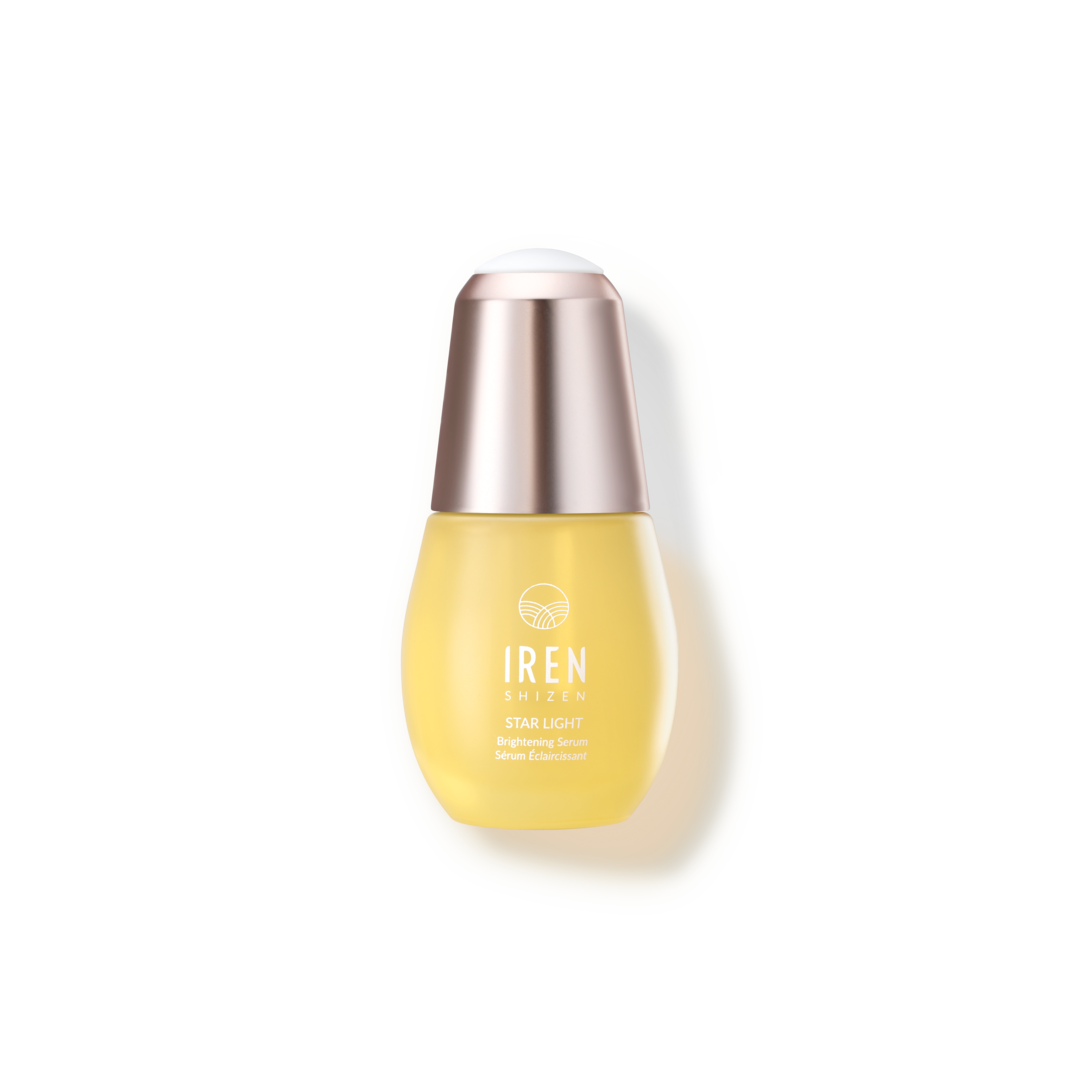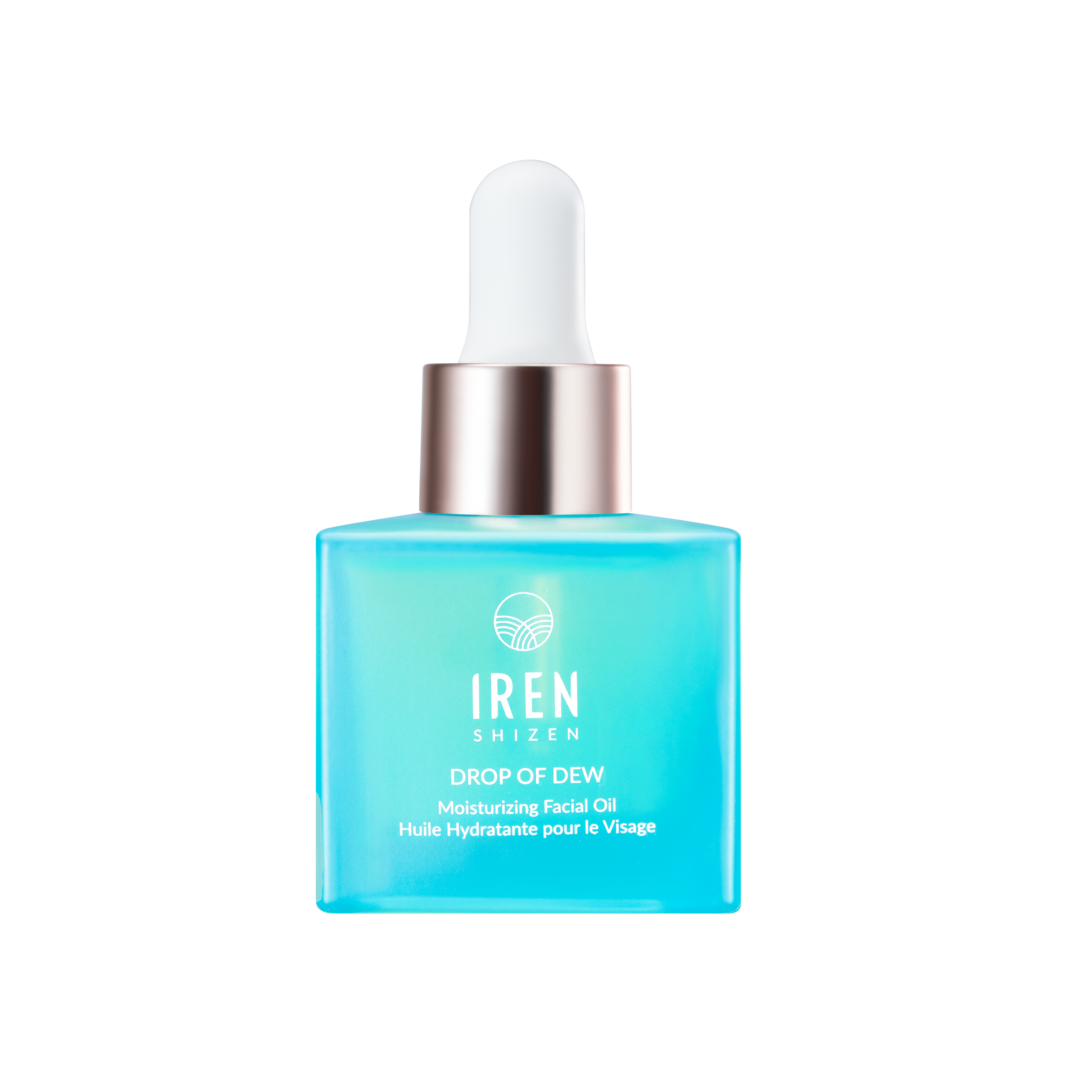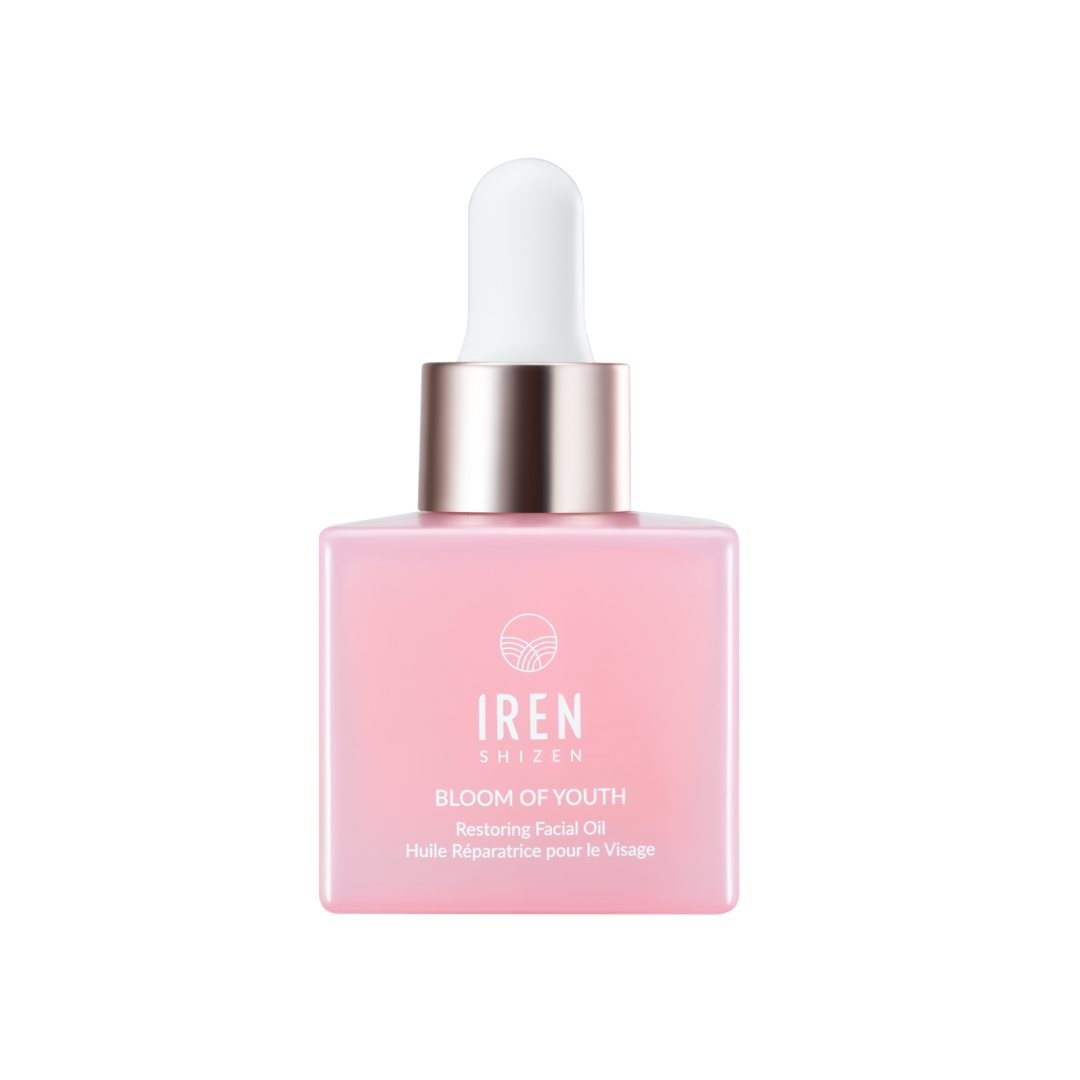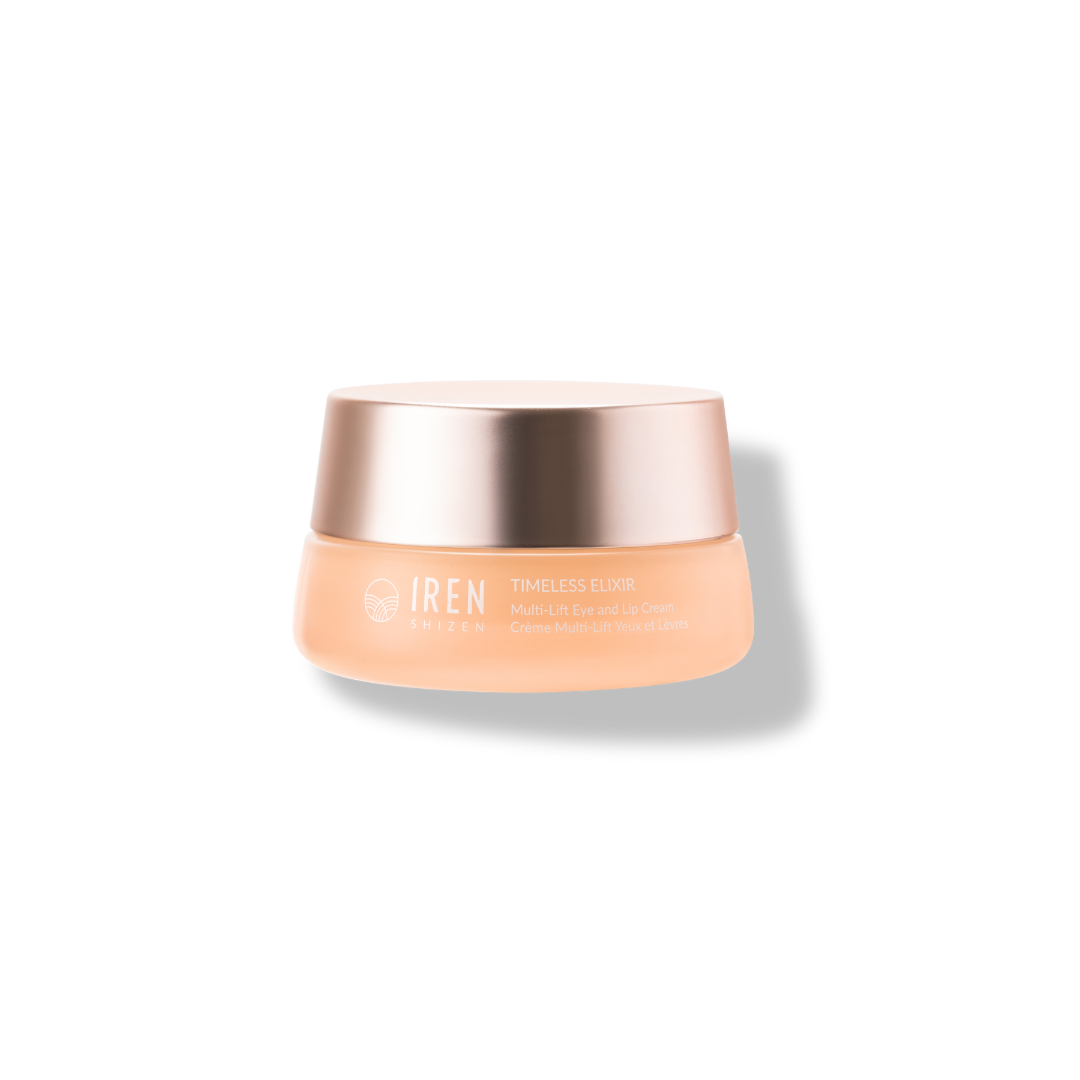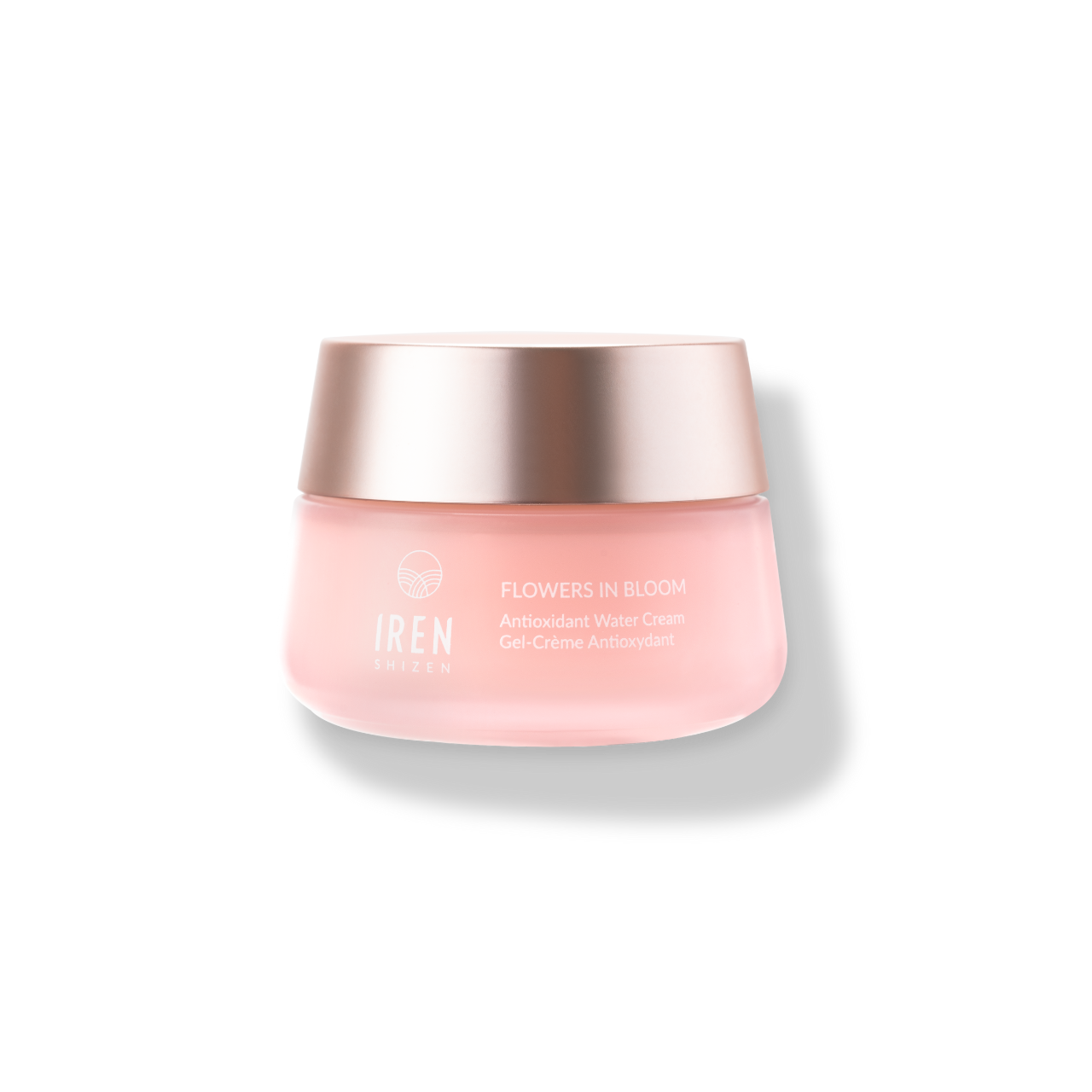2020 saw many of us favoring hand sanitizers and antibacterial hand soaps, but did you know that they may not be as good for you as you think? Now we hate to be the ones to burst your bubble, but these products are actually making you more susceptible to bacteria—all thanks to one pesky agent called triclosan (C12H7Cl3O2).
Read on as we tell you everything you need to know about the synthetic chemical and why we suggest you avoid it.
What is triclosan?

Before triclosan’s involvement in personal care products, the broad-spectrum antimicrobial was used as a pesticide (red flag alert!) in the 1960s and a hospital scrub to eradicate micro-organisms like methicillin-resistant Staphylococcus aureus (MRSA) on patients prior to surgery in the 1970s.
The triclosan we know of today has not changed but is now being used in the everyday household products we own and regularly use. And if you really think about it, what was once (and is still) used as a pesticide is now being put on our precious skin! Yeah, it’s scary, alright.
You would assume that the market for triclosan would be decreasing, but that’s not the case. A study conducted by Market Watch anticipates triclosan use to rise at a considerable rate between 2020 and 2026. 85% of the total volume of triclosan is currently being used in personal care and over-the-counter (OTC) drug products; a very high ratio as compared to specialized applications like textiles (5%) and plastics and food contact materials (10%).
What cosmetics contain triclosan?

Due to its aseptic properties, various products utilize triclosan to rid skin or surfaces of bacteria, ranging from antibacterial soaps to kitchenware.
Interested in the full list? We've got you covered:
Personal Care Products
- Antibacterial hand wash
- Fluoride toothpaste
- Cosmetics
- Deodorants
- Shaving products
- Body sprays
- Foot sprays
- Shampoos and conditioners
- Powders
Household Products
- Dish detergents
- Kitchenware
- Toys
- Computer keyboards
- Furniture
- Garden hoses
- First-Aid: Topical antiseptic products for wound care
- Workout clothing
What are the health and environmental impacts of triclosan?

Given, the intention of triclosan is to reduce or prevent bacterial contamination, the chemical does wreak tons of havoc on our health and the environment.
Health
It’s hardly surprising that the risk of damages triclosan can produce is high because of its prominence in personal care and household products. That’s not all. As consumers, most of us have been exposed to the chemical from an early age, graduating from toys to personal care products to kitchenware.
So when it comes to potential health hazards, brace yourself as the list is practically endless. Here’s all we know so far:
- Antimicrobial resistance: Your body may grow accustomed to triclosan if overused and lead to the emergence of triclosan-resistant bacteria
- Disruption of endocrine system: Influences the concentration of thyroid hormones
- Estrogenic and androgenic effects: Affects estrogen (females) and androgen (males) hormone levels
- Liver fibrosis and carcinogenesis: Risk of liver cancer
- Disturbance of endobiotic: Affects your body’s endobiotic metabolism and disposition
- Weakening immune system: Strips your skin of useful bacteria and makes your immune system more vulnerable to potential illnesses
- Uncontrolled cell growth: Promotes cell cycle progression
- Xenobiotic metabolism: Modifies the chemical structure of xenobiotics (compounds foreign to your body’s biochemistry)
- Lipophilic: Potential to bioaccumulate in your fat for long periods of time
- Affects children in the long run: If exposed to antibacterial products at an early age, children have an increased chance of developing allergies, asthma, and eczema
- Developmental and reproductive toxicity: Affects your sexual function and the potential of reproduction
- Detectable in our bodies: May show up in human breast milk, blood, and urine (74.6%)
Environment
Triclosan is not just bad for our health, but detrimental to the environment as well. Already detectable in 58% of US waterways, this chemical’s mission for destruction doesn’t just stop at humans. Triclosan affects our aquatic and terrestrial organisms, the environment they live in, and bioaccumulation (essentially the accumulation of toxic substances in organisms) as it does not break down quickly and retains its nature long after it’s washed down our drains.
How does it do so? Let’s get into the details. High doses of triclosan contamination influence the decrease in thyroid hormones of animals that live in the water and drink from it. Fish, especially, suffer the most from triclosan because it contains a lipophilic substance. Once absorbed into their fatty tissues and internal organs, it interferes with their hormonal and reproductive systems. And yes, you guessed it! This inadvertently affects us when we consume said fish, and the cycle goes on.
Various plant species are also impacted by triclosan, the most notable being the Scenedesmus subspicatus algae that are vital for aquatic ecosystems. The chemical is exceptionally toxic to the algae and may disrupt marine ecosystems once introduced to the water. Once again, affecting us!
Additionally, water treatment plants are not able to thoroughly remove triclosan during their treatment process. What this suggests is that we’ll never get the chemical out of our water systems and our drinking water, leaving us in a state of constant array for the foreseeable future should we choose to continue using triclosan.
And the last repercussion is perhaps the most important one of all. Triclosan may undergo degradation and produce chemicals such as Methyl Triclosan, Dioxin, Chlorophenol, and Chloroform that are more harmful than triclosan itself.
How is triclosan regulated?

Because of its potential adverse effects, triclosan is regulated in many countries. Fortunately for us, governing bodies do recognize triclosan as a potentially hazardous and risky substance, with some setting restrictions or banning the chemical from personal care products completely.
In 2017, the Food and Drug Administration (FDA) issued a rule regarding over-the-counter healthcare products that prevent companies from using triclosan without premarket review. However, they do allow dental brands to continue using the chemical in toothpaste as they do help to prevent tooth decay, plaque, and gingivitis.
Currently, the European Union’s Scientific Committee on Consumer Products advises triclosan to be typically used at a concentration of 0.1 to 0.3% in personal care products, stating that the use of triclosan in toothpaste, soap, deodorant, face powder, and concealer is considered safe.
In the USA (with the exception of Minnesota), corporations are not allowed to market triclosan as an ingredient in any of their OTC products due to the uncertainty in their side effects. Their neighbors in Canada, however, have put their foot down and classified triclosan as a risk to the environment.
What are the alternatives to triclosan?

The good news is that there are substitutes for triclosan in the products you may already be using. When it comes to washing your hands, try to use regular soap instead of antibacterial ones. Yes, we know it seems weird to ask this of you mid-pandemic, but we promise you there is no difference in terms of efficacy.
According to research, triclosan’s antimicrobial effects do not provide any additional protection against bacteria than regular soap. But if you’re still adamant about having antibacterial properties in your soap, natural antibacterial hand soaps are good alternatives. We recommend looking for those that contain tea tree, grapefruit, and pine essential oils.
You can also stick with alcohol-based hand sanitizers over those that have powerful antibacterial agents like triclosan. However, if that’s too drying for you, triclosan-free hand sanitizers that contain thyme essential oil, fennel extract, and other essential plant oils would work just as well.
As for substitutes for fluoride toothpaste, buy organic ones that contain natural antibacterial ingredients like spearmint and peppermint oils instead. They’re generally healthier, less harsh on your teeth, and safer for children as kids do tend to have tooth or allergy sensitivities at a developmental age. Organic toothpaste also minimizes the number of chemicals you put in your health that could weaken your oral health.
To replace triclosan in deodorant, baking soda works wonders. It may seem strange at first, but we can assure you this cooking ingredient gets rid of odor and reduces the moisture emitting from your underarms well. If that’s not your cup of tea, opt for natural deodorants that are triclosan-free. Bonus points; they typically smell better too!
Our advice?

We know it’s hard to go cold turkey. Trust us; we’re right there with you. We recommend taking the time to read up more about triclosan and figure out what works best for you when trying to eliminate the chemical from your life.
You can take baby steps in reducing the number of products containing triclosan from your skincare regime and replace them with the triclosan-free alternatives we advised. As more and more countries are actively trying to restrict or ban the additive from personal care products, it should be easier for us to buy suitable substitutes in the future.
As for now, try to steer clear of triclosan as much as you can. We believe in you!
| Want to find out more about IREN Shizen's 6 other no-no ingredients? You can read all about them here: |
